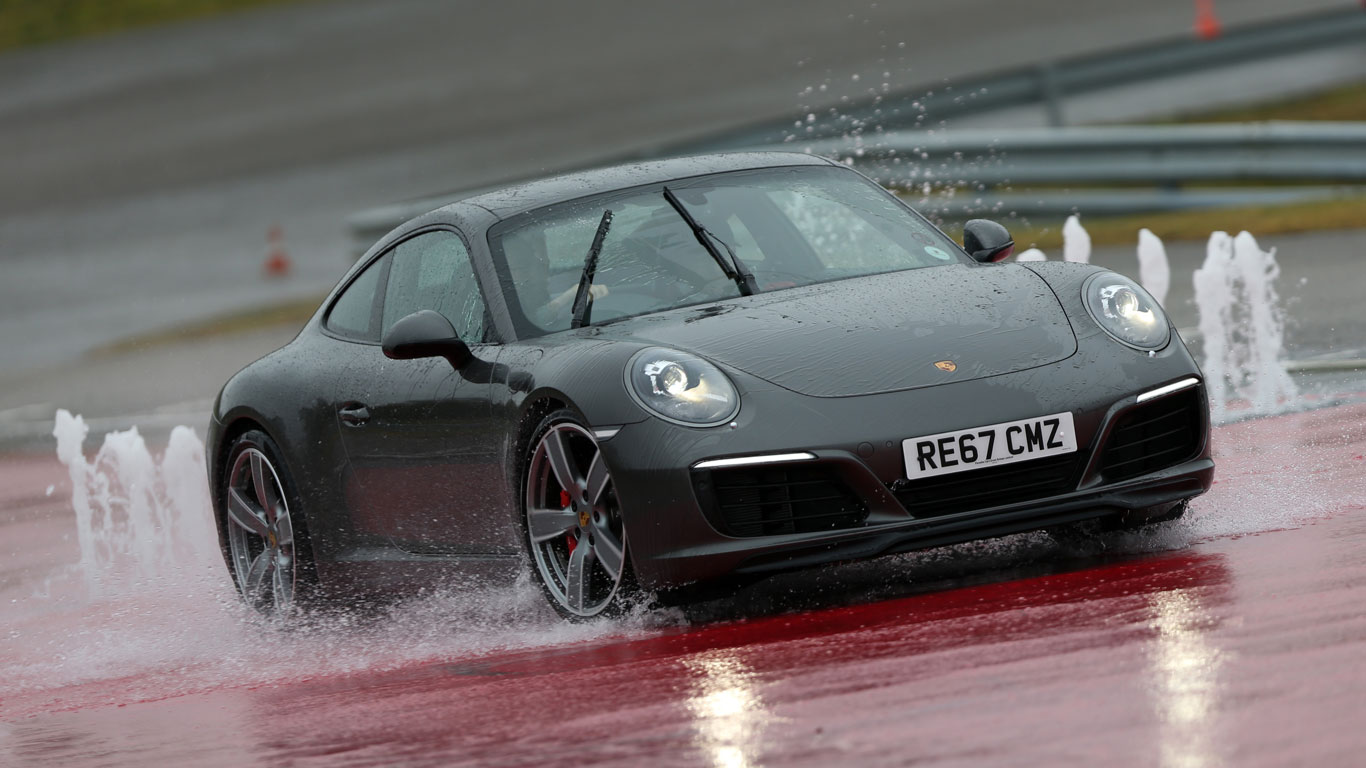
This year, Porsche is celebrating 30 years of production all-wheel drive cars, and our very own Peter Burgess was invited to the Porsche Experience Centre at Silverstone to drive the latest range of all-weather vehicles. With this in mind, we’re going to upset the purists by taking a look at the recent history of the user-friendly side of Porsche.
Lohner Porsche
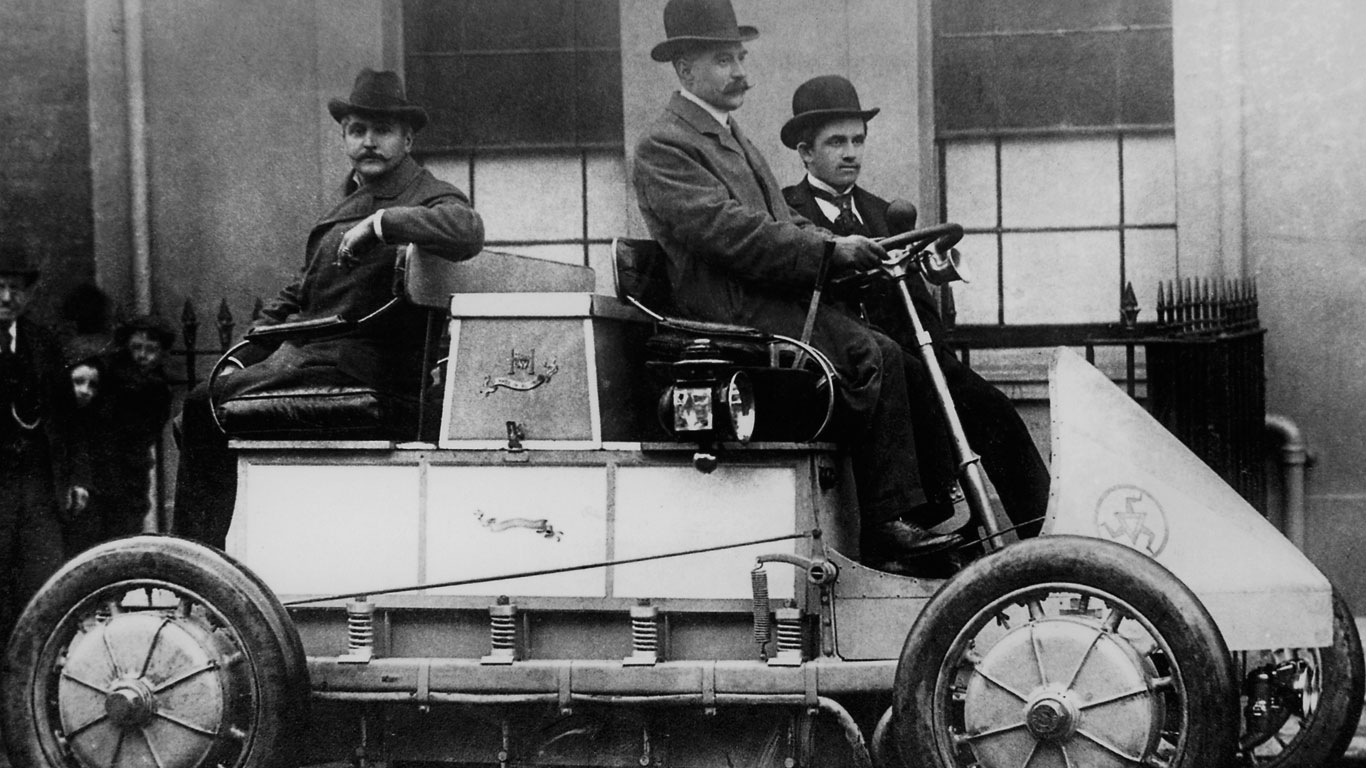
Porsche can trace its all-wheel drive roots back to the Lohner Porsche racing car of 1901, which Ferdinand Porsche personally delivered to a customer in Luton. Later, in 1912, Porsche developed an eight-ton tractor with a 100hp six-cylinder engine and a locking differential, described by a client as “a consummate machine!”
Porsche 911 Turbo Cabriolet Study
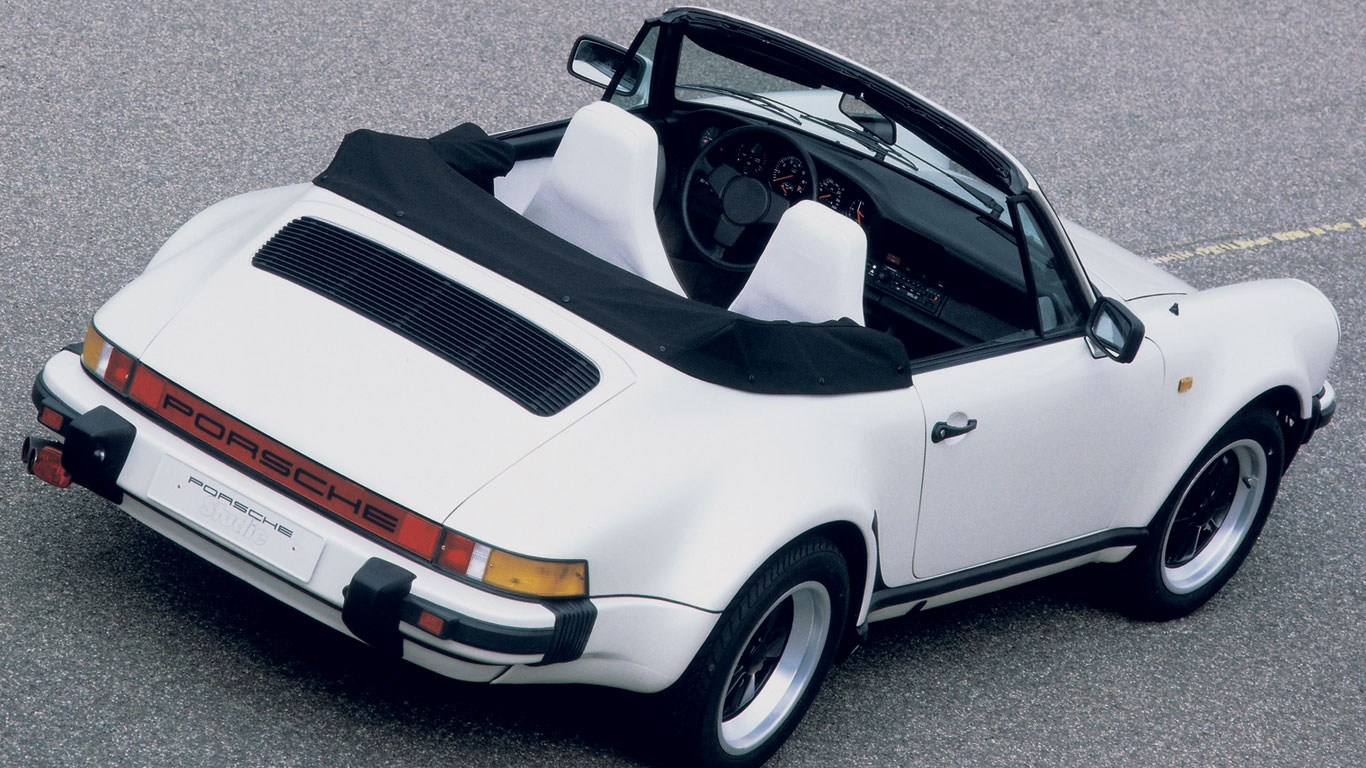
To chart the recent history of Porsche all-wheel drive, you must travel back to 1981 and the Frankfurt Motor Show. It was here that the 911 Turbo Cabriolet ‘Study’ was unveiled, complete with 3.3-litre turbocharged engine and all-wheel drive. Production versions of the Cabriolet would follow in 1982, but we’d have to wait a little longer for the first all-wheel drive road car.
Porsche Group B Study
The Group B study was the genesis of one of the greatest supercar of the 1980s. Designed with Group B regulations in mind, the design study was based on the 911 and powered by a flat-six, twin-turbocharged 2.85-litre engine developing around 400hp.
At the time, Porsche was aiming to build 200 units – the minimum number required for homologation purposes – each one with a price tag of around DM400,000. Even with an optimistic launch date of 1985 – two years on from its debut at the 1983 Frankfurt Motor Show – Porsche soon received 200 deposits of DM50,000.
Porsche 953
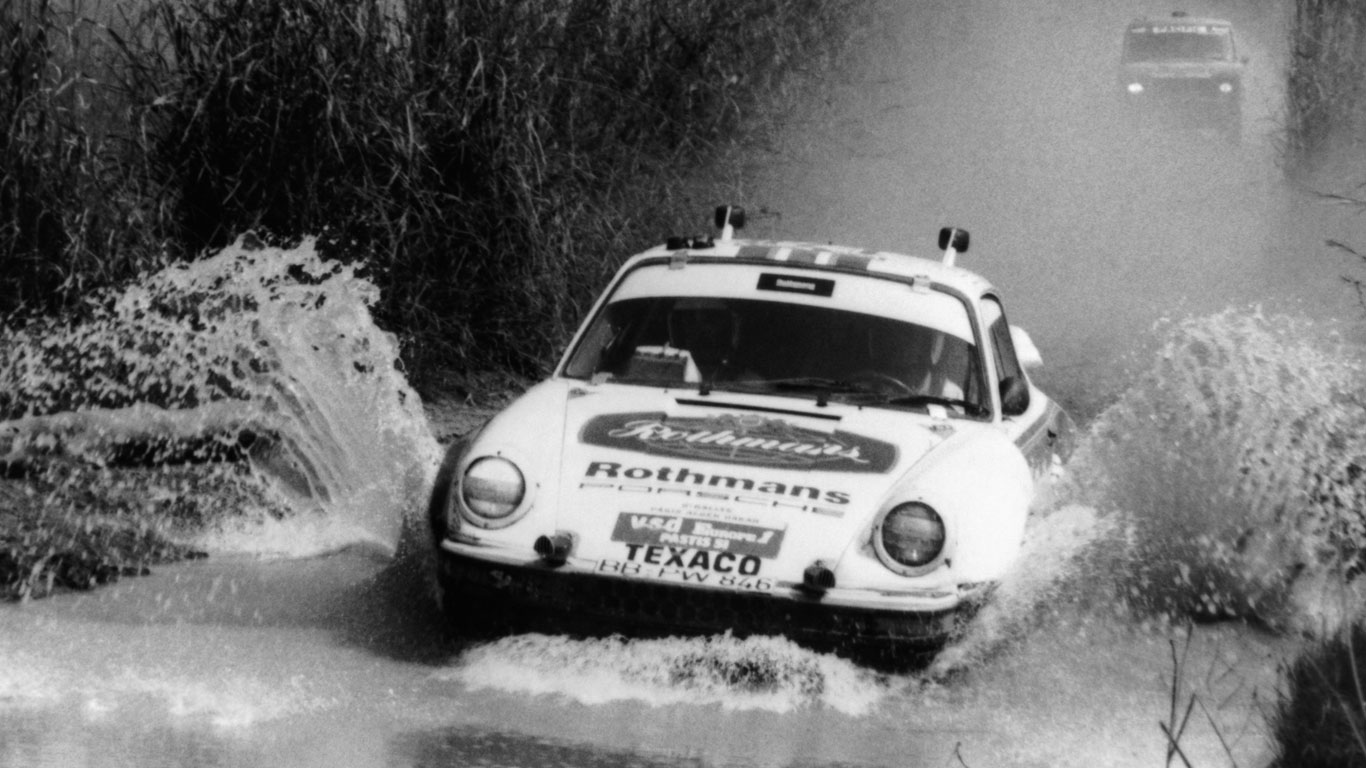
While customers with deep pockets were forced to deploy their powers of patience, the Porsche engineers forged ahead with their all-wheel drive plans. Based on the 911 SC, the Porsche 953 featured a reinforced chassis and a manually-adjustable all-wheel drive system. Specially modified for the 1984 Paris-Dakar Rally, the 953 secured victory at the hands of René Metge and co-driver Dominique Lemoyne – not bad for Porsche’s first appearance in the gruelling endurance event.
Porsche 959
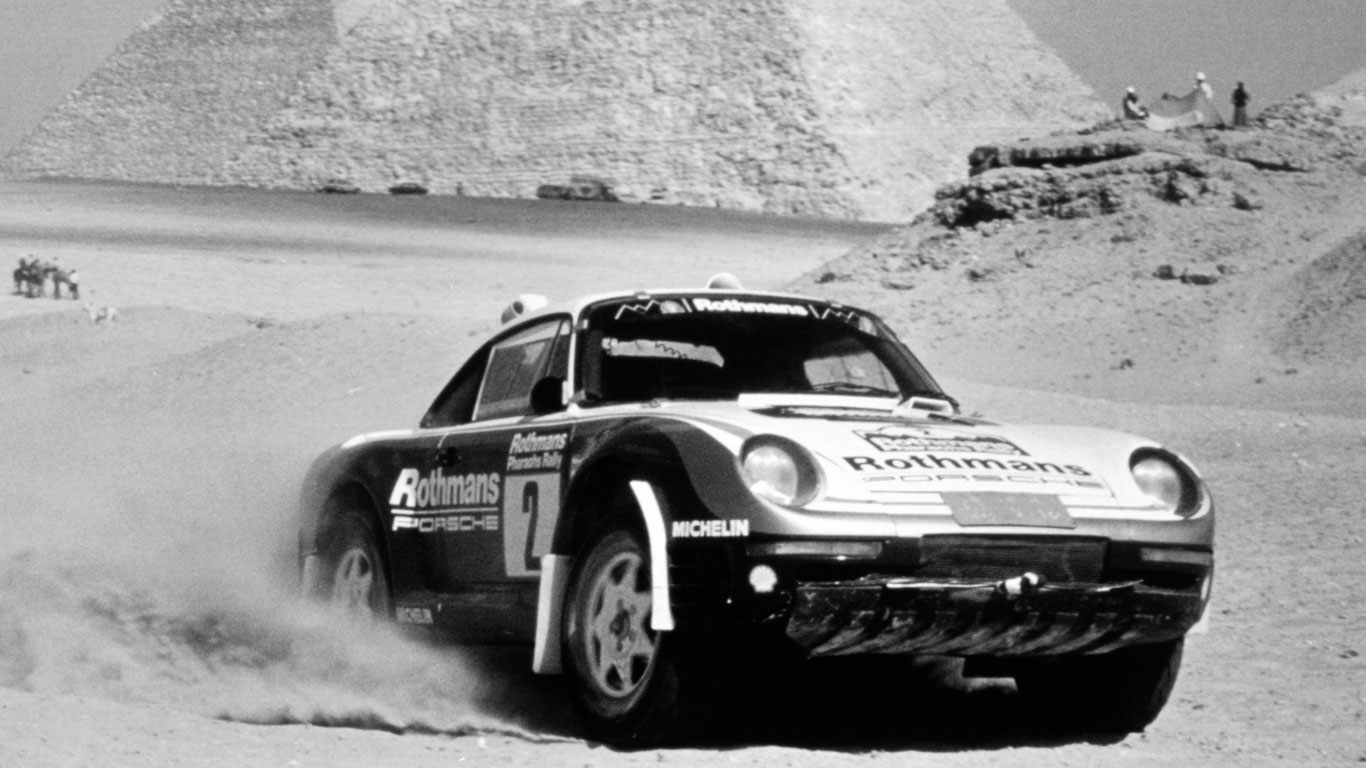
Development of the 959 was slow and arduous, held up by industrial unrest in Germany and the complexity of the car. Porsche wasn’t prepared to launch its pioneering supercar without thorough testing, which is where the 1985 Paris-Dakar Rally came in. Three cars were entered, each one far more representative of the final production model than the 953 of a year earlier. Here, the car is captured on the Pharaoh Rally.
Porsche 959 Paris-Dakar
Crucially, the cars looked like a 959, although they were still powered by what was essentially a standard Carrera 3.2 engine. All three cars suffered suspension failures, leading to two retirements, while René Metge’s 959 was hastily modified, allowing the Frenchman to take the lead. Unfortunately, a broken pipe led to the engine being starved of oil, resulting in retirement.
Things were different in 1986 when the Porsche 959 came of age. In near-final specification, although lightened and with increased ground clearance, René Metge and Jacky Ickx secured a one-two in the Rothmans-sponsored 959s. Even Roland Kussmaul, who was driving what was effectively a support vehicle, managed to finish fifth.
Porsche 959 Le Mans
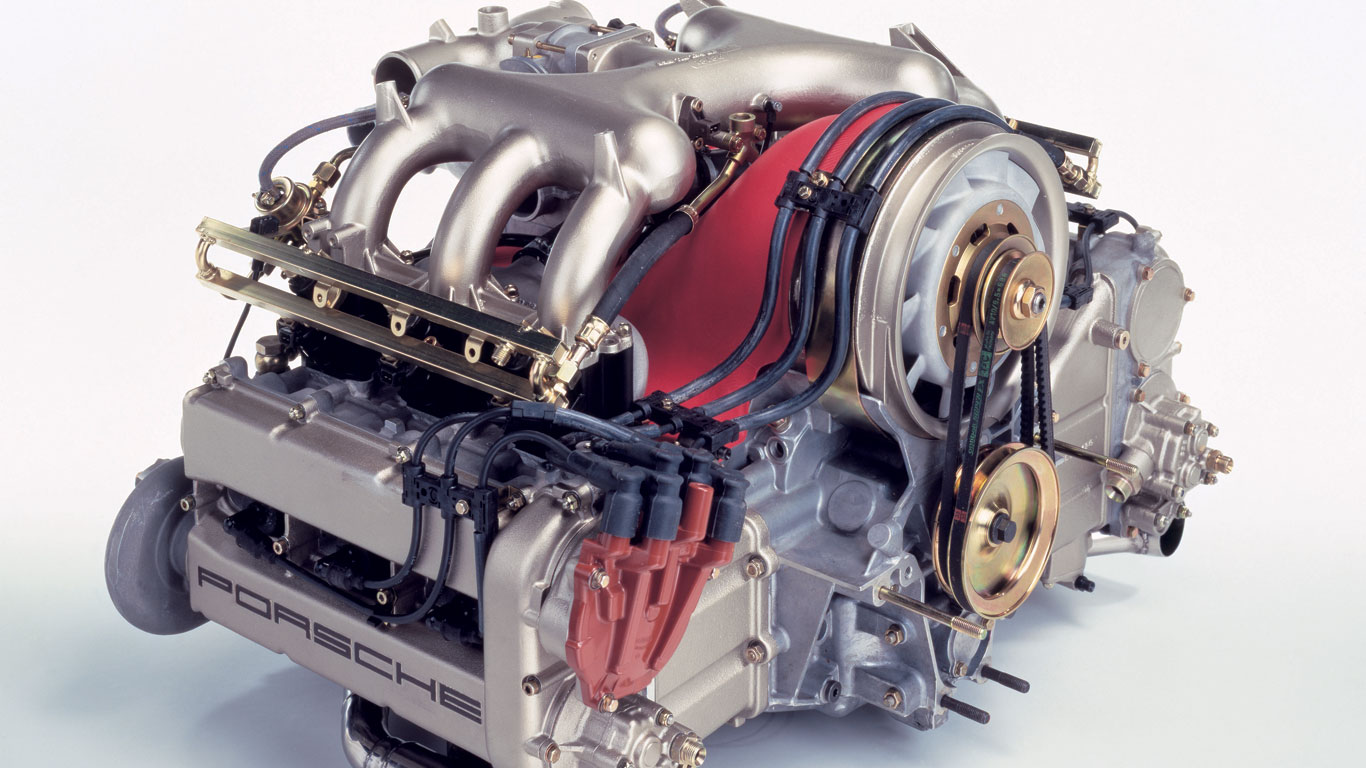
There was still time to subject the 959 to further development before the road-going version was unleashed to the public. At the 1986 Le Mans 24 Hours, the lightened 959 – or 961 in competition terms – was entered as a development exercise with little preparation. René Metge and Claude Ballot-Léna finished seventh overall, hitting a top speed of 204.4mph on the Mulsanne Straight.
Porsche 959

1987: the year in which the value of Athena shares went through the roof and shops struggled to keep up with the demand for Blu Tak. Not only was the Porsche 959 the absolute pinnacle of the 911, but it was also the star of millions of bedroom wall posters. Move over ‘Tennis Girl’, your time is up.
In his book, Porsche 911 Story: the entire development history, Paul Frère makes the point that the wait of more than two years was a small price to pay for a car that was “even more powerful and sophisticated than originally announced… and meanwhile, people who had not ordered the car before the 200 units were sold offered prices of up to one million Deutschmarks to those who had a firm contract”.
Porsche developed an all-wheel drive system that could provide excellent traction while dealing with the problems associated with pushing the car to the limits. The system was complicated and allowed for instant torque split variations to suit the prevailing conditions and road surfaces.
Two versions were built: Comfort and Sport. The sophisticated all-wheel drive system added weight, pushing the 959 beyond the target of 1,450kg, so an alternative was developed. The Sport offered owners the chance to live without air conditioning, electric windows, central locking and the variable ride height and damping, but added manually-operated lightweight sports seats. The customers – who were existing Porsche owners – were nonplussed by this hardcore option. Only six 959 Sports were ever sold.
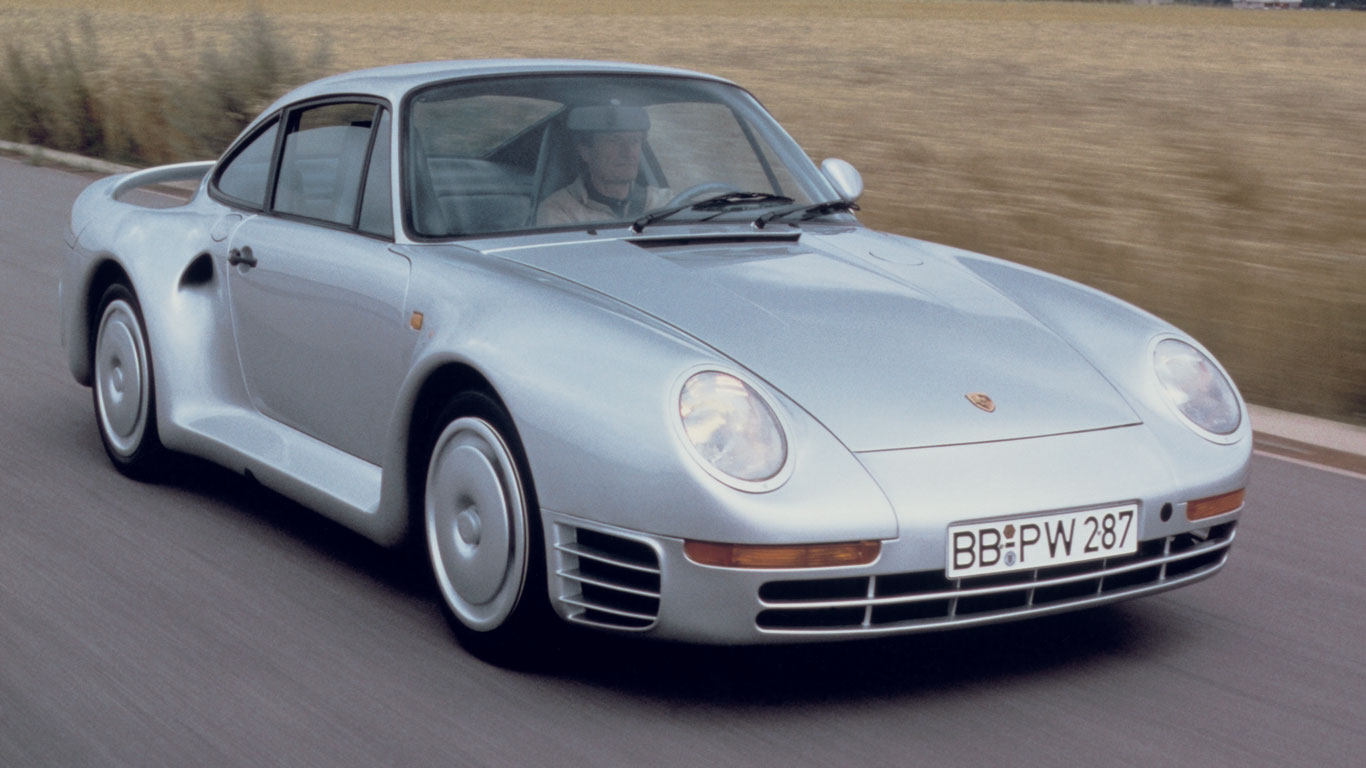
Comparisons with the Ferrari F40 are inevitable, and contemporary reviews reveal cars of very distinct characters. “The 959 is an expression of what’s lurking inside Porsche’s Weissach think-tank,” said Autocar in 1988. “The Ferrari approach, in apparently eclipsing the German car for speed, has been the antithesis of Porsche’s: build it light and build it powerful.” Whatever, the current crop of all-weather Porsche models owe a great debt to the 959.
Porsche 964 Carrera 4
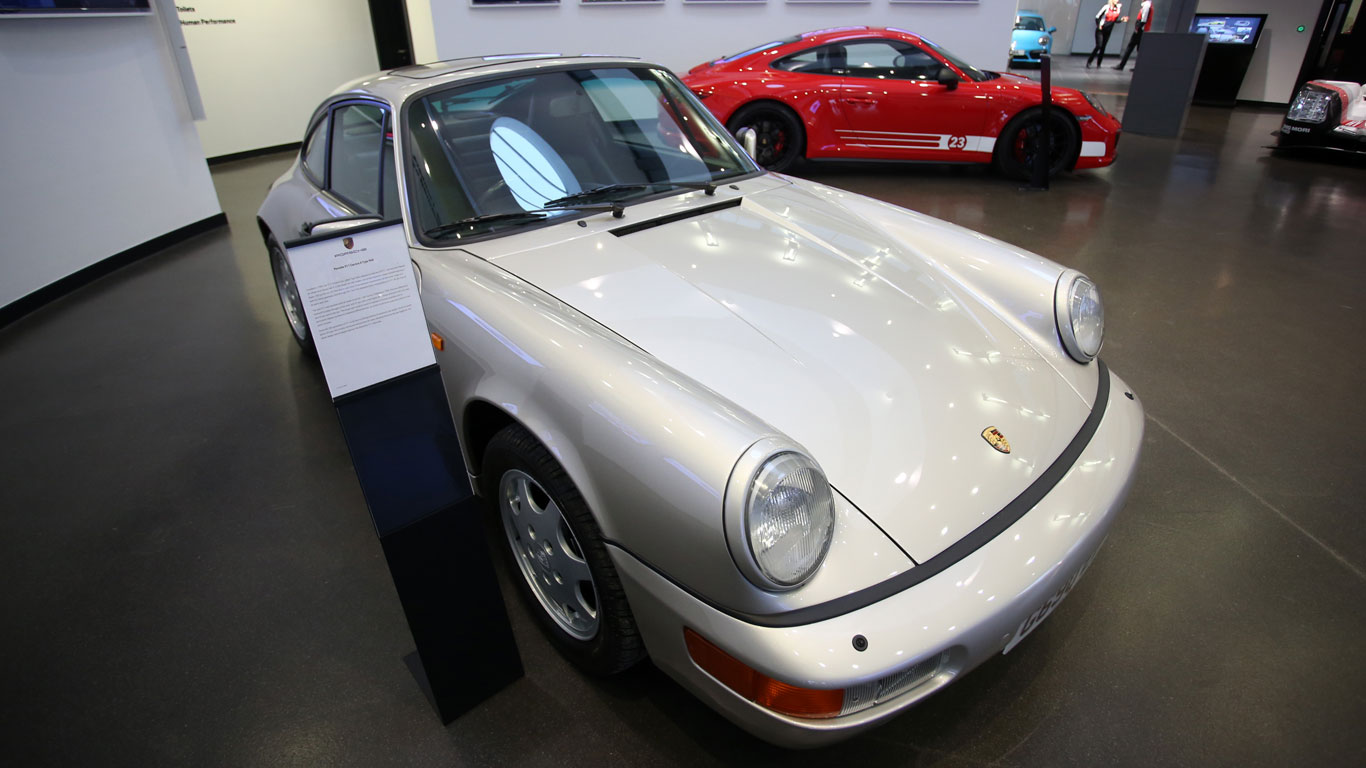
Announced in November 1988, the Carrera 4 was a significant development for Porsche. Before its launch, the 911 had been in continuous development since 1963, but the 964 ushered in a new era for the German firm, with a car that was 87 percent new. The fact that Porsche launched the 964 first with an all-wheel drive model – the rear-wheel drive Carrera 2 arrived a year later – was a statement of intent.
This was the first production-ready all-wheel drive 911 and it used a system developed from the 953 that won the 1984 Paris-Dakar Rally. The centre and rear differentials could be locked manually to tackle extreme conditions, although the standard ride height put paid to any serious thoughts of venturing too far off-road.
The Carrera 4 was the cover star of the July 1989 issue of Car magazine, with the simple headline: “The best supercar money can buy.” In conclusion, Gavin Green wrote: “In some ways, Porsche’s great treasure is still a rough diamond. But in all the important areas, the 911 has been transformed from a characterful but quirky beast, into the best new supercar you can buy: a machine that will take you from A to B faster, and safer, than any other production sports car.”
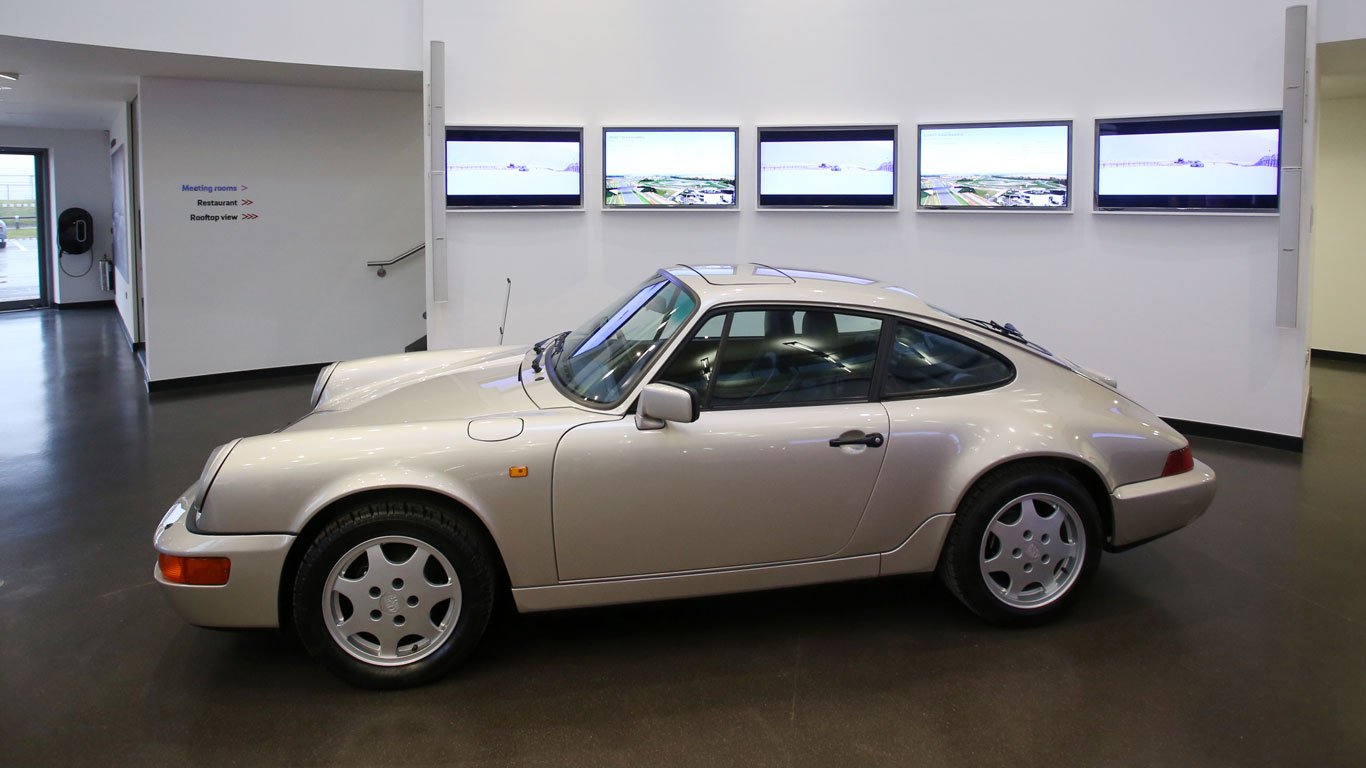
At the time, Porsche chairman Heinz Branitzki said: “The 911 will continue for at least another 25 years.” Three decades on, the 911 is as strong as it has ever been and Porsche has a diverse range of vehicles. All-wheel drive has been instrumental in securing the fortunes of this once ailing company, although purists will continue to argue that a 911 should be rear-wheel drive.
Porsche 964 Anniversary
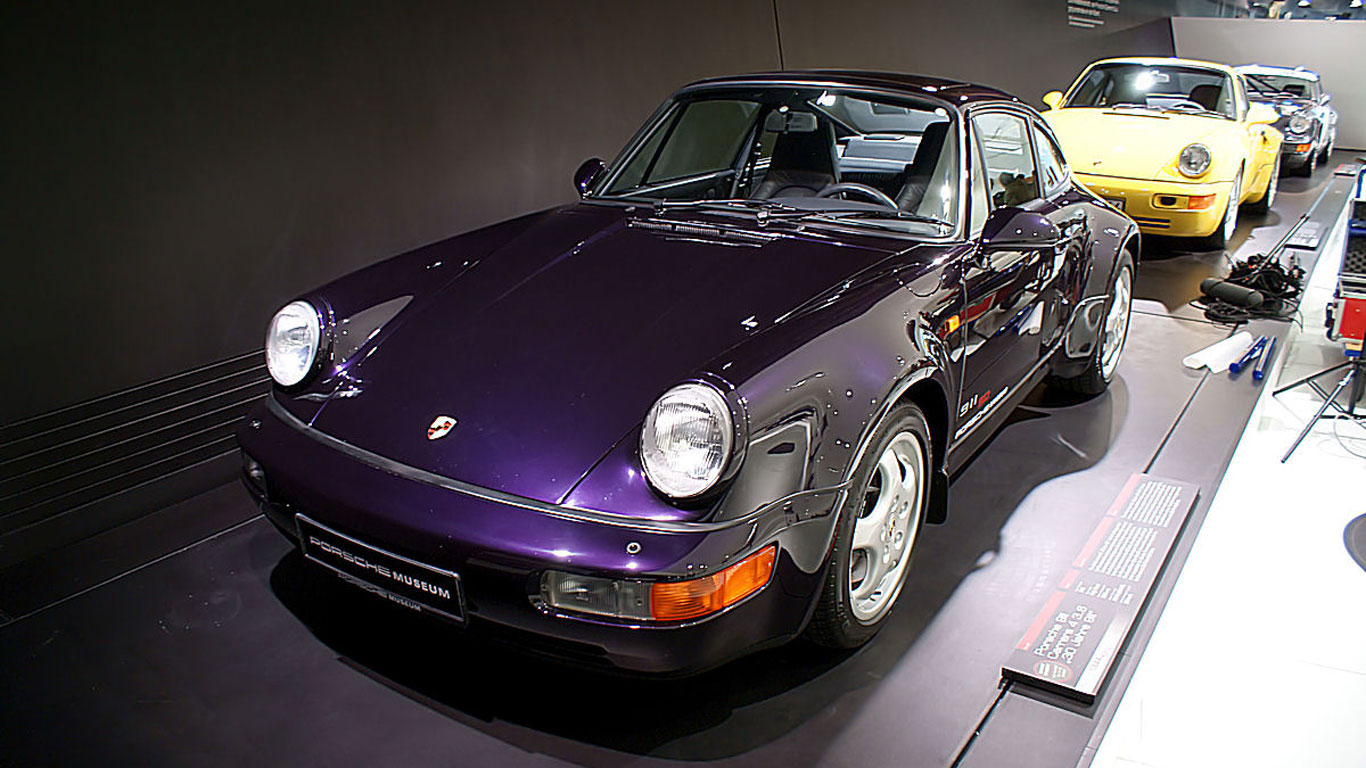
The Porsche 964 Anniversary – or 30 Jahre – was introduced in March 1993 to mark 30 years of continuous 911 production. It featured a Turbo-look body shell, full leather interior and ‘30 Jahre 911’ badges. Three colours were available: Viola, Polar or Amethyst. The number built? 911, predictably. Only 42 right-hand drive models are said to have been supplied to the UK.
Porsche 993 Carrera 4
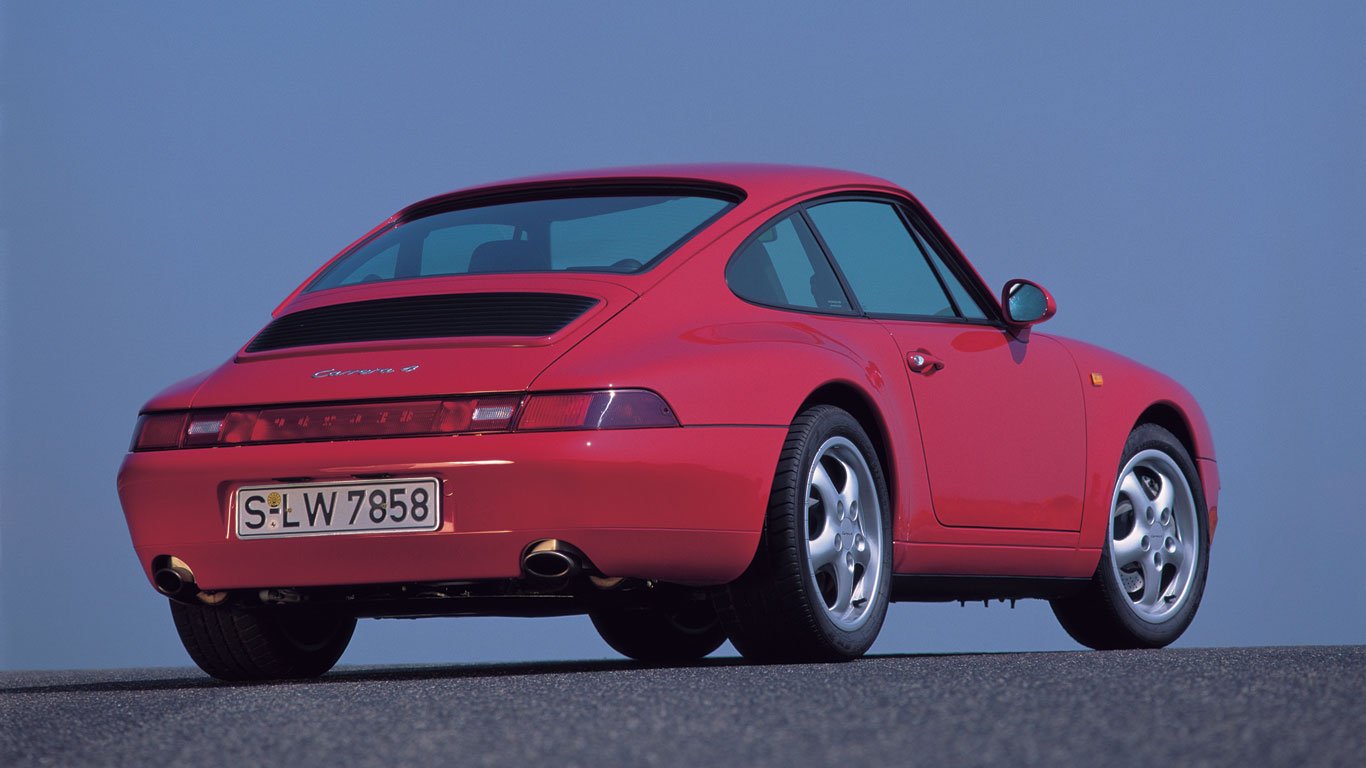
In 1993, Porsche unveiled the 993: a 911 tasked with sustaining the company’s recovery and maintain interest in the years before the launch of an entirely new model range. The Carrera 4 arrived in 1994 and, by 1995, the 933 was the only model offered by Porsche, with the 928 and 968 pulled from sale.
Porsche 993 Turbo 4
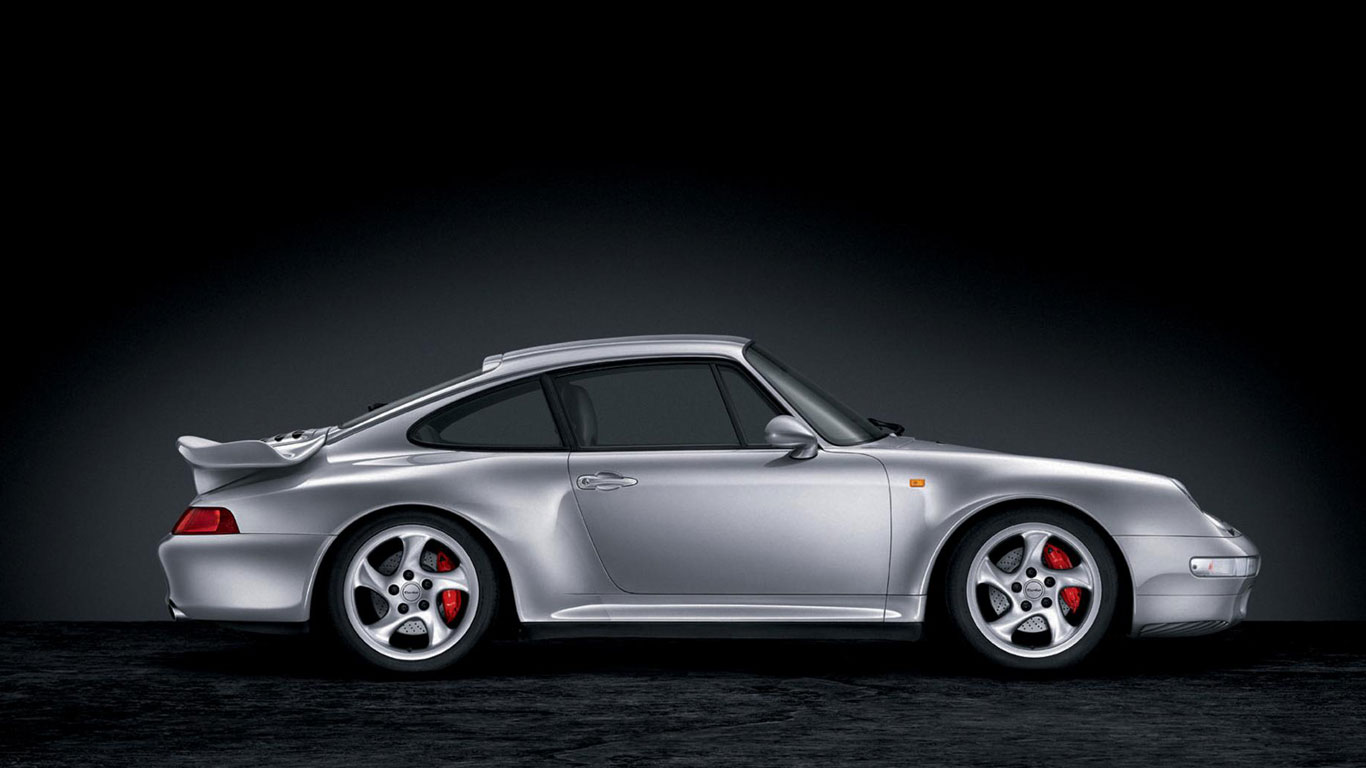
Also in 1995, Porsche launched the 993 Turbo 4: the first all-wheel drive 911 Turbo. With in excess of 400hp from its 3.6-litre flat-six engine, the Turbo 4 propelled Porsche into the supercar elite, reaching heights not seen since the 959. Unlike the poster child of the 1980s, the Turbo 4 was a regular production model – assuming you had the means at your disposal – and could top speeds of 180mph.
Porsche 993 Carrera 4S
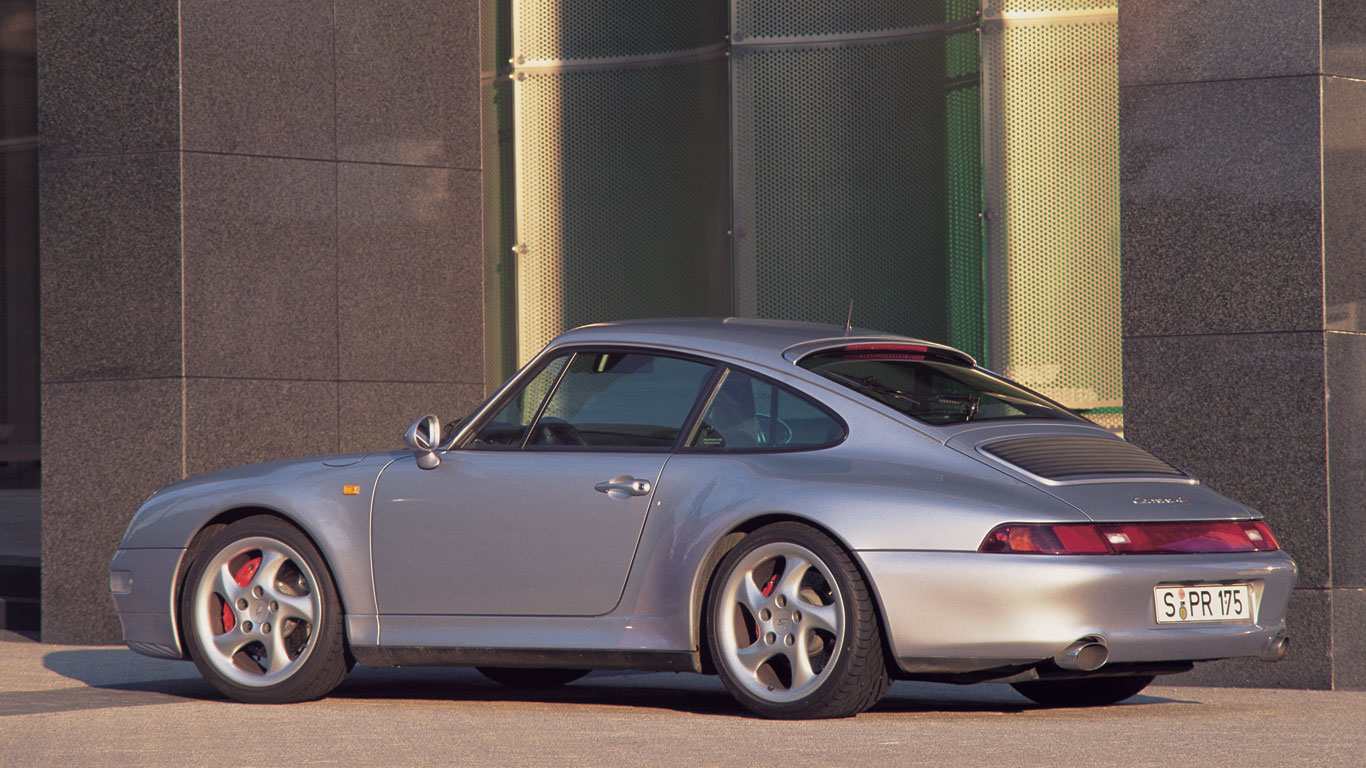
The Carrera 4S was introduced for the 1996 model year and offered the all-wheel drive system in the Turbo’s wider body. The ride height was reduced by 15mm, while the brakes and suspension were carried over from the Turbo model. Production of the 993 continued until 1998.
Porsche 996 Carrera 4
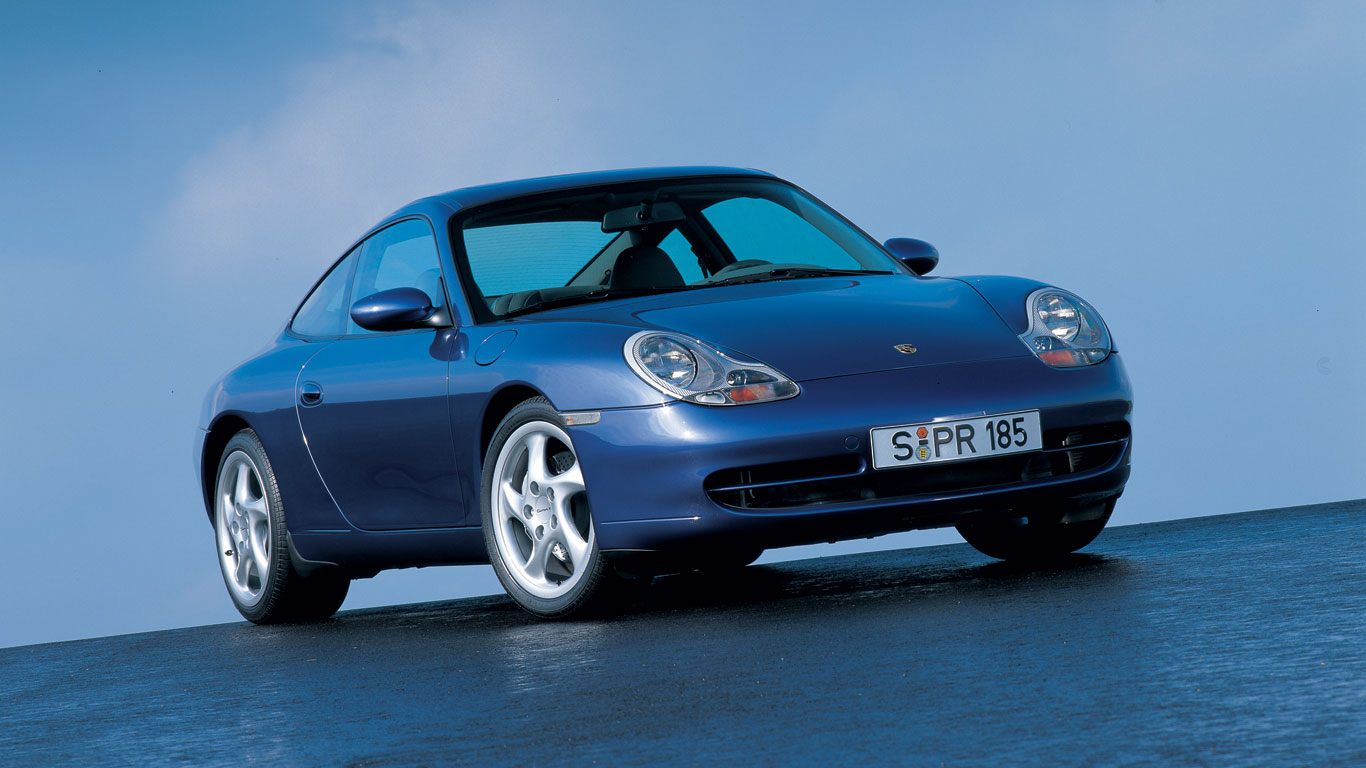
By 1998, Porsche purists may have come to terms with the availability of all-wheel drive, only for Stuttgart to drop another bombshell. The 996 ushered in a new water-cooled future for the 911, which for some meant that the 993 was the last true hero. The Carrera 4, featuring Porsche Stability Management (PSM), arrived for the 1999 model year.
Porsche 996 Turbo
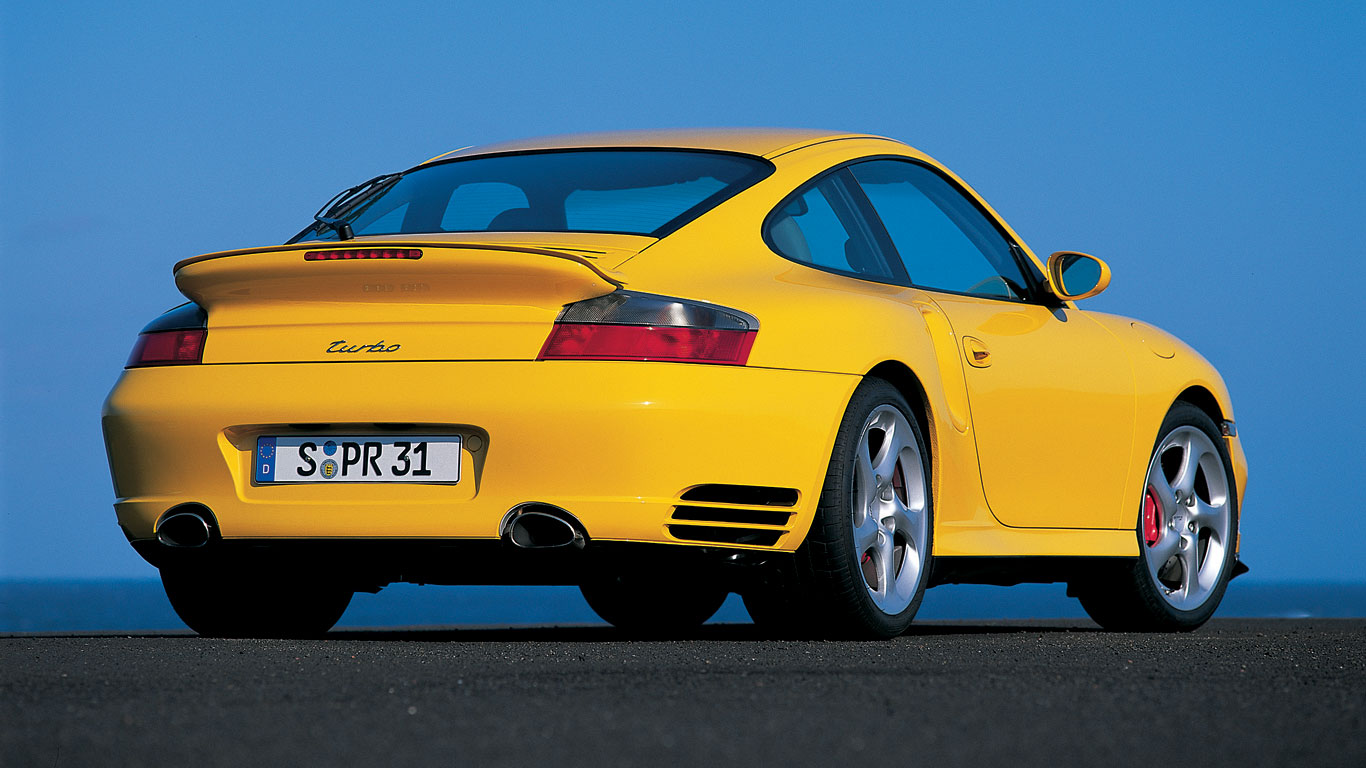
The 996 Turbo arrived at the turn of the millennium, with a massive 413lb ft of torque mated to an all-wheel drive system. As a result, the Turbo offered limpet-like all-weather performance, shooting past 62mph in just four seconds, before going on to reach a top speed of 190mph.
Porsche 911
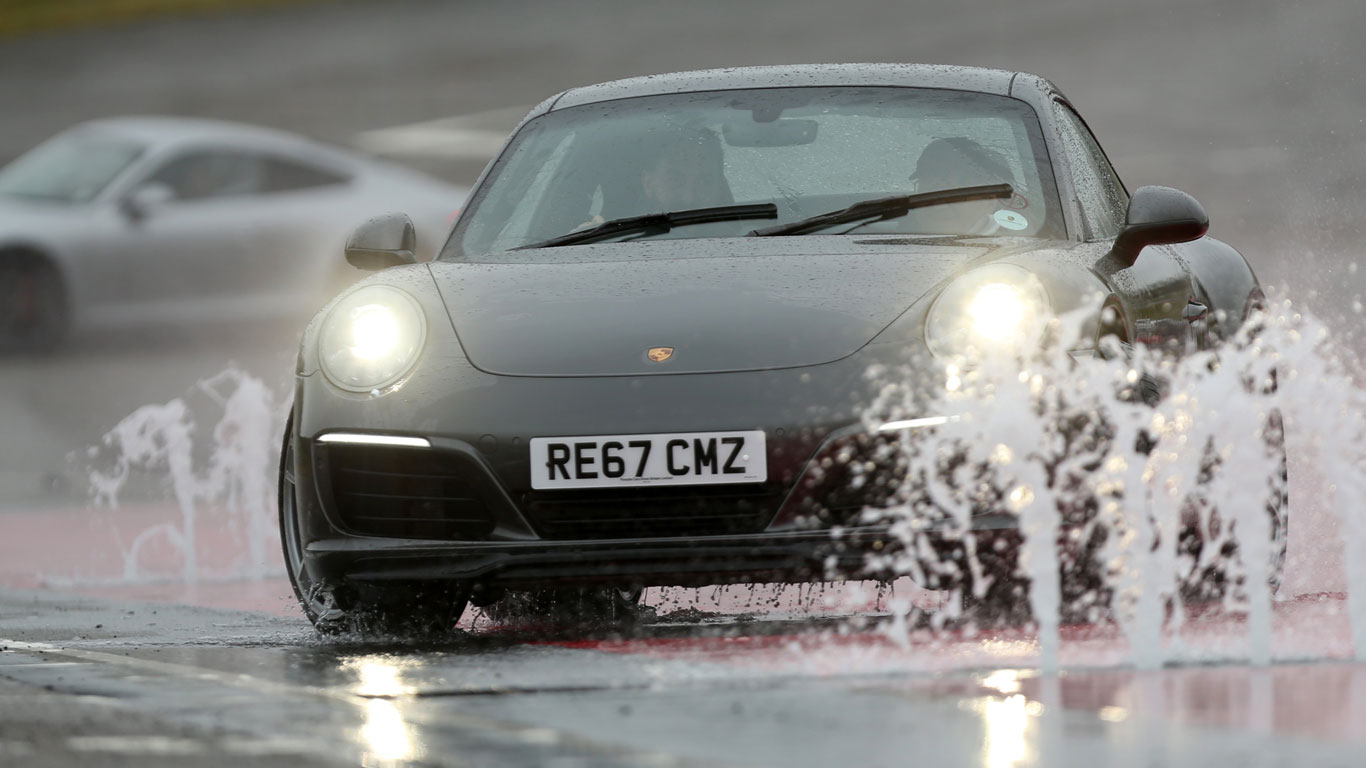
There is little doubt that all-wheel drive has shaped the fortunes of modern-day Porsche. By its own admission, the drivetrain has been “fundamental to the company’s success” since the arrival of the 964 Carrera 4 in 1988. Through the 997, 991 and beyond, it has opened the 911 to a new audience, creating a sports car that’s more usable in the real world.
Porsche 991 Turbo S
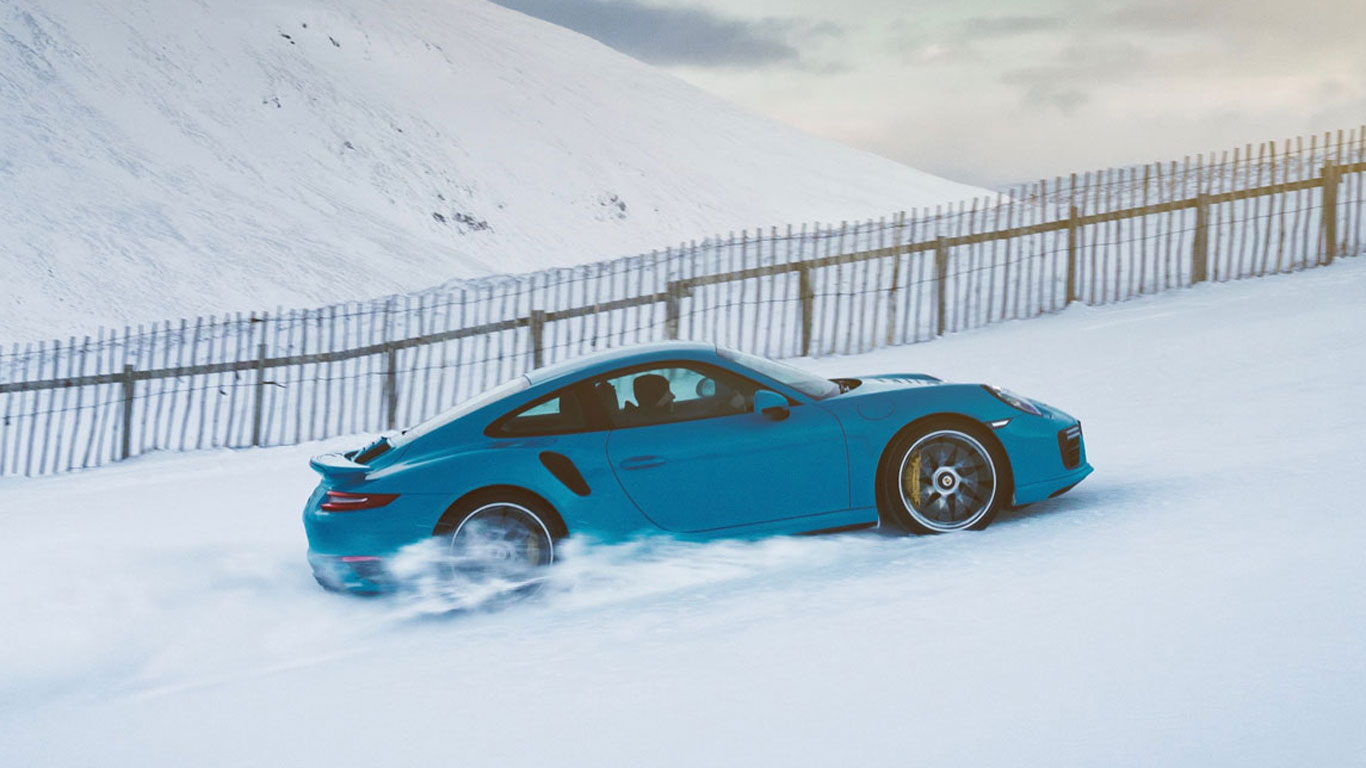
To demonstrate this, Porsche GB has driven a Turbo S from the country’s lowest point at Holme, Lincolnshire, to the highest road in the UK at Glenshee in the Scottish Highlands. On its 400-mile journey, the Turbo S climbed over 2,000 feet above sea level.
Porsche Cayenne
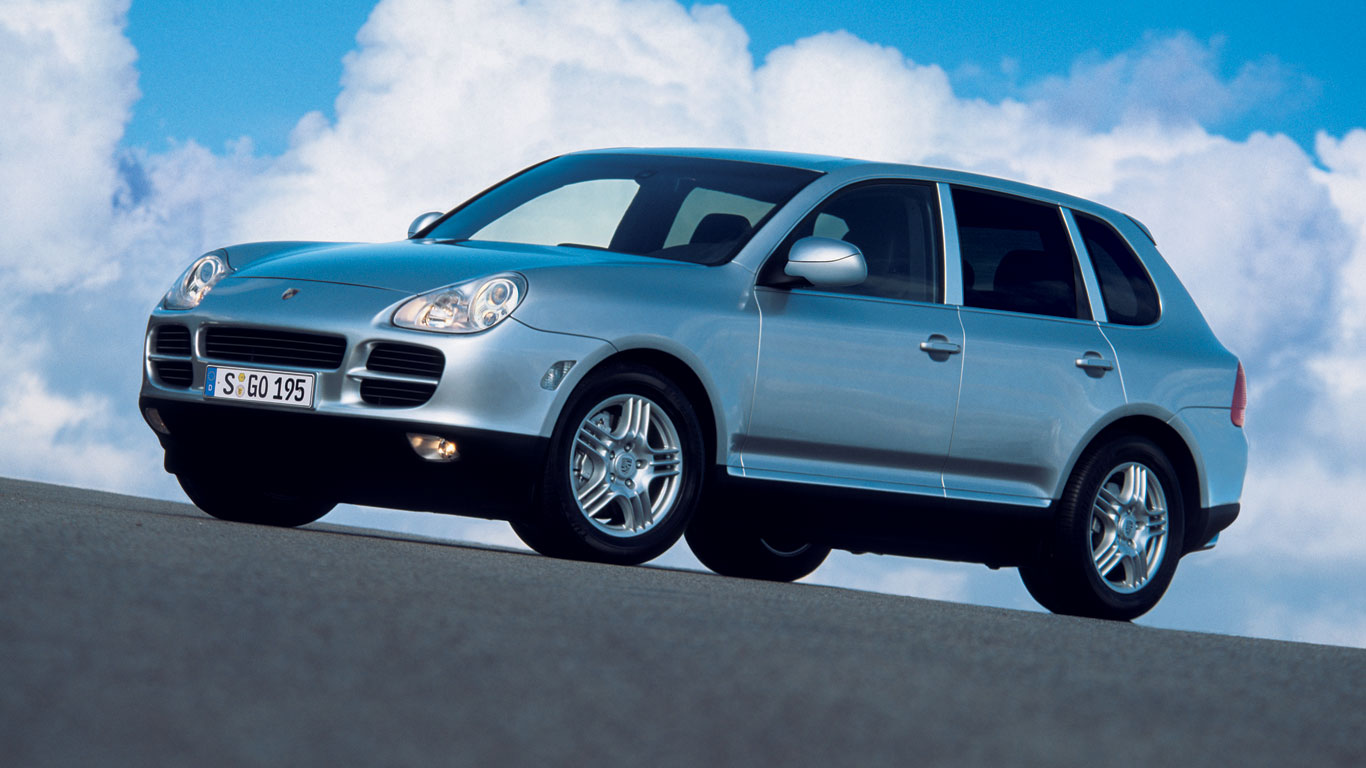
Of course, all-wheel drive isn’t limited to the 911. In 2002, Porsche launched the Cayenne, with the firm gunning for the lucrative SUV market. Again, the purists hated it, but together with the Boxster, the Cayenne is credited as a car responsible for saving the company.
Porsche Macan
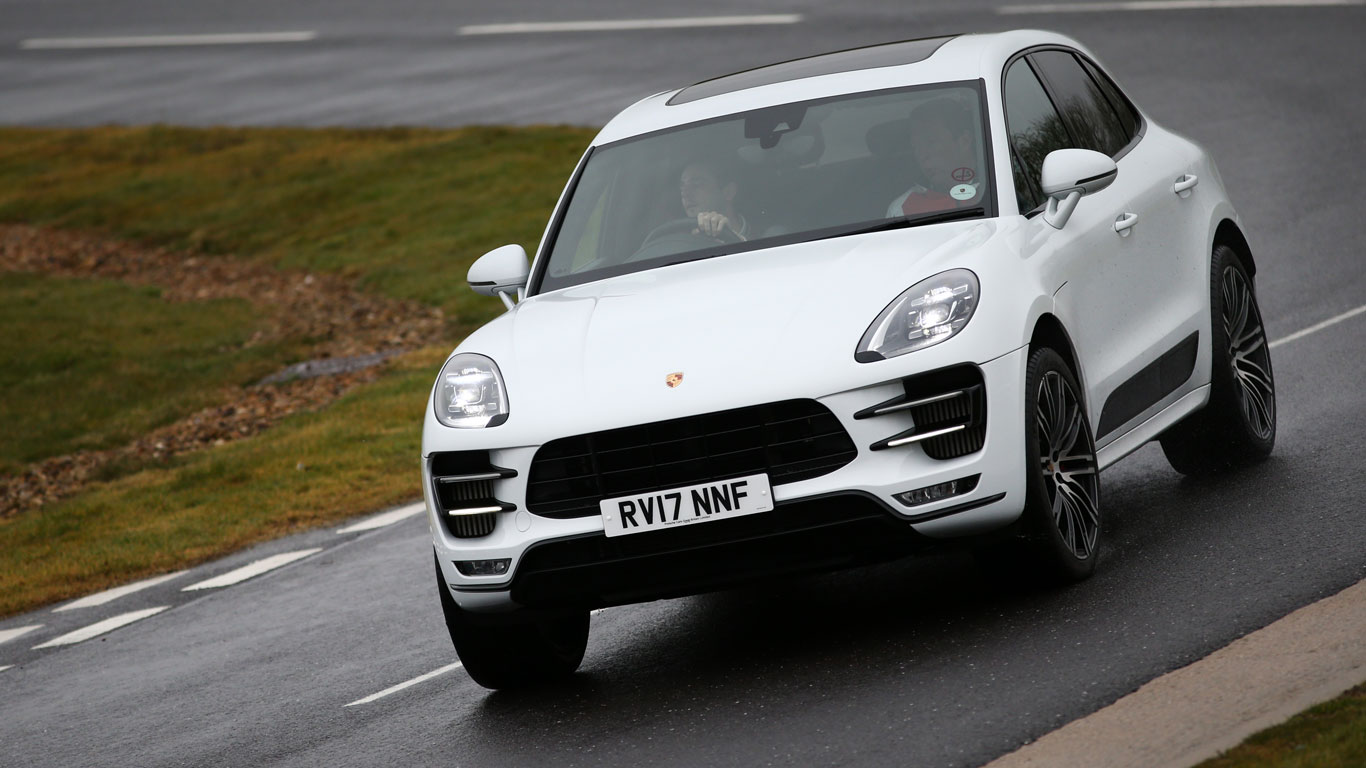
Buoyed by the success of the Cayenne, Porsche introduced the Macan in 2014, which was the company’s best-selling vehicle in 2017. We should also consider the Panamera, of which 28,000 units were sold last year.
Porsche 918 Spyder
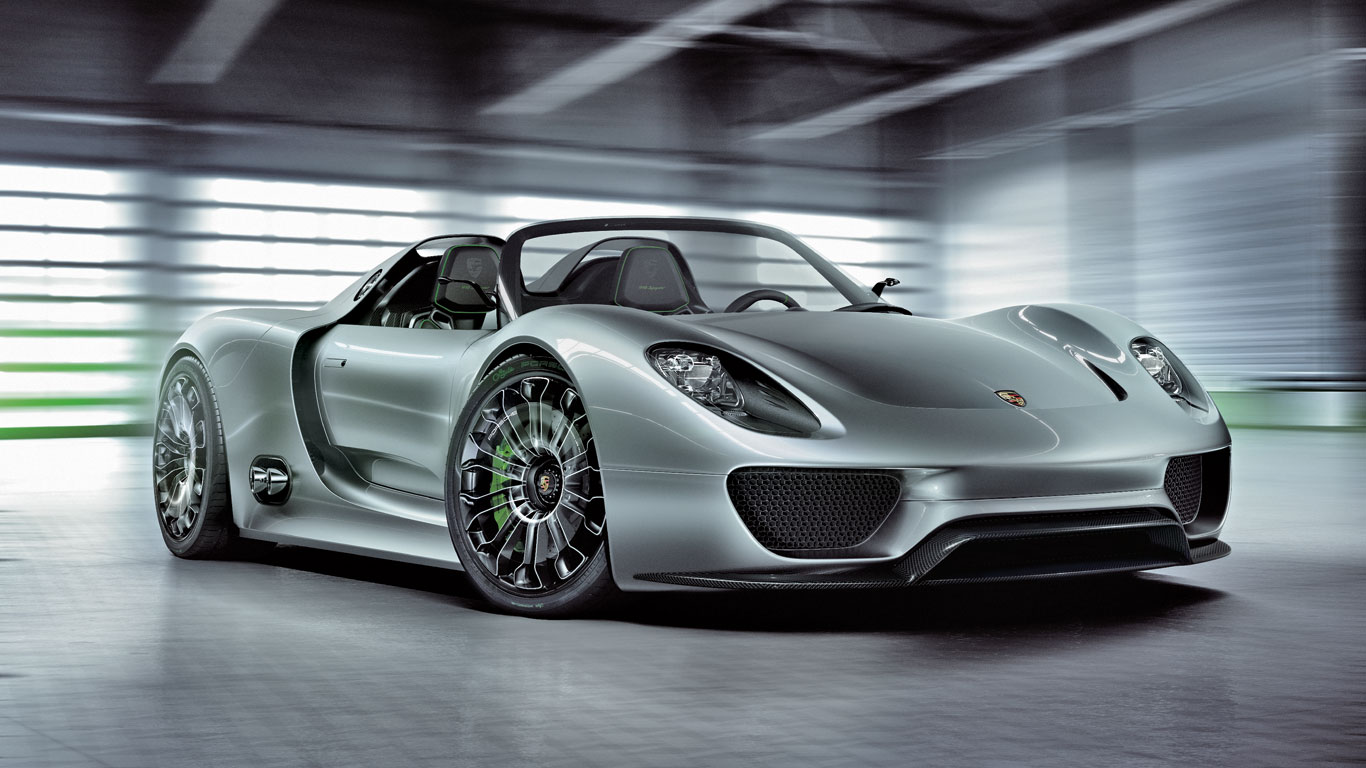
Of course, the most high-profile – not to mention, unattainable – application of all-wheel drive technology can be found in the 918 Spyder plug-in hybrid, in which the front and rear axles are driven.
In pictures: four-wheel-drive Porsches
Sources: Porsche 911 Story, Paul Frère; Original Porsche 911, Peter Morgan; The Ultimate History of Porsche, Stuart Gallagher; Car, July 1989; Porsche AG.

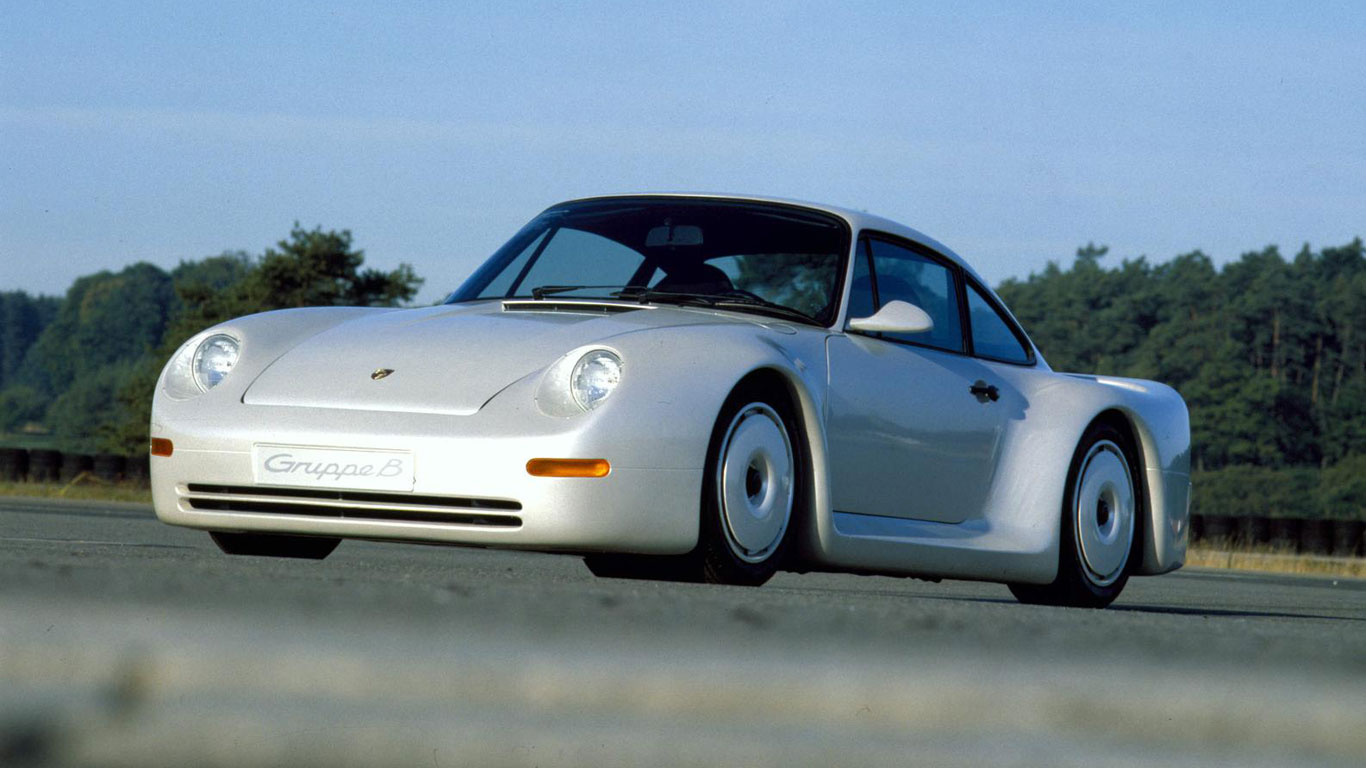
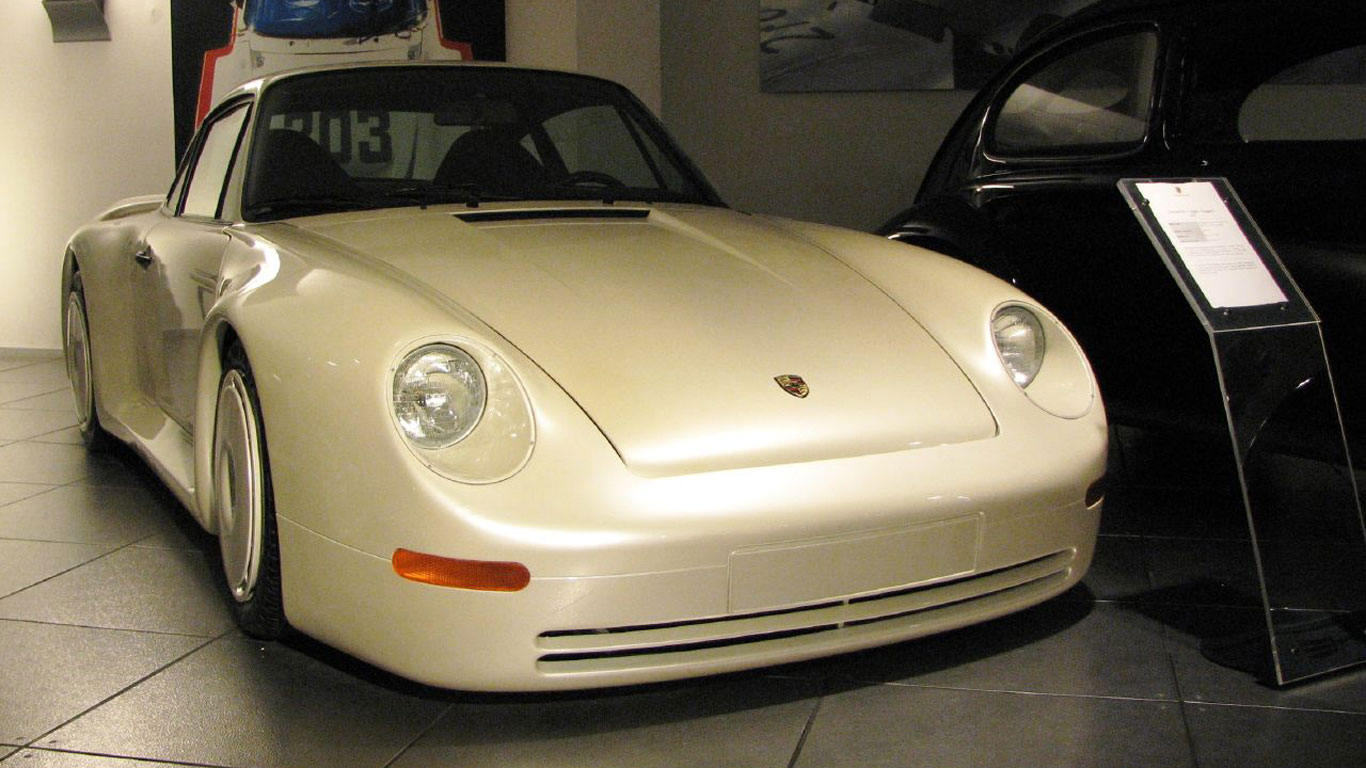
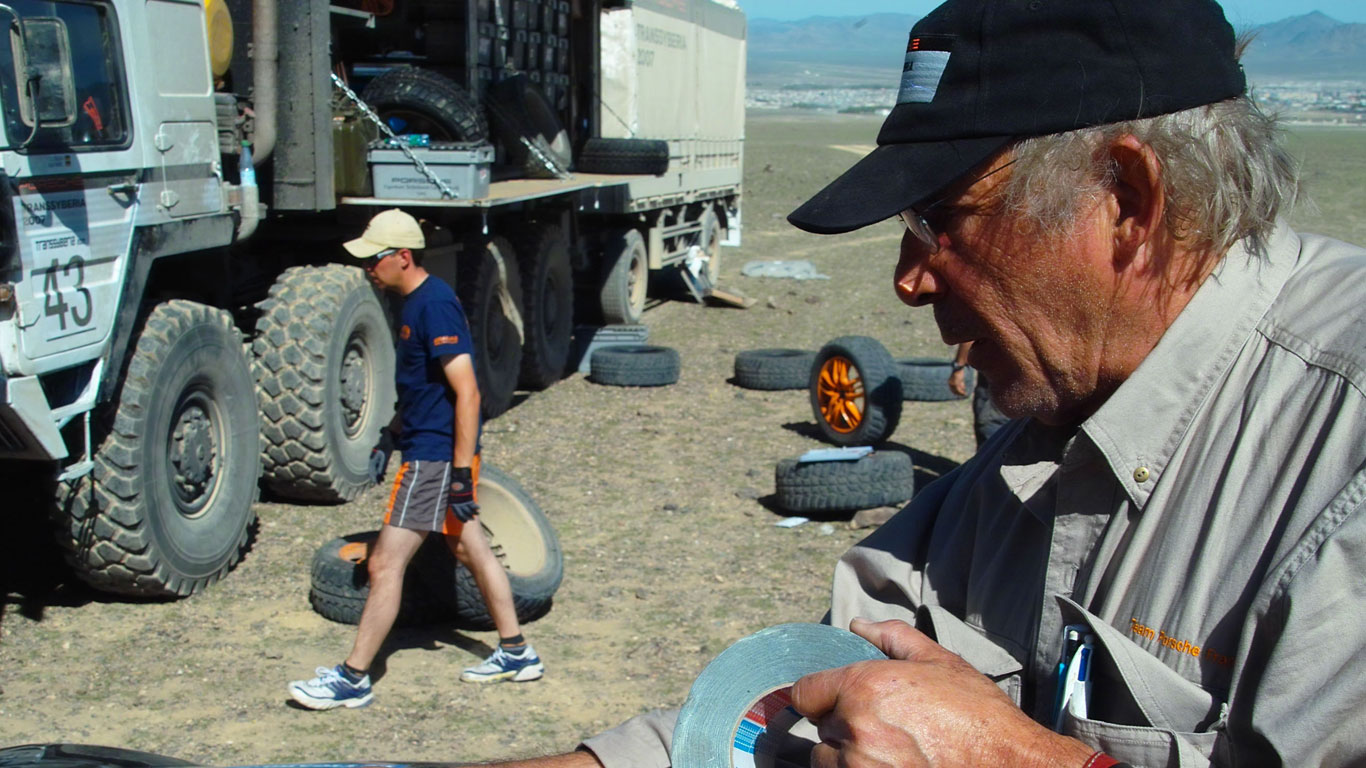
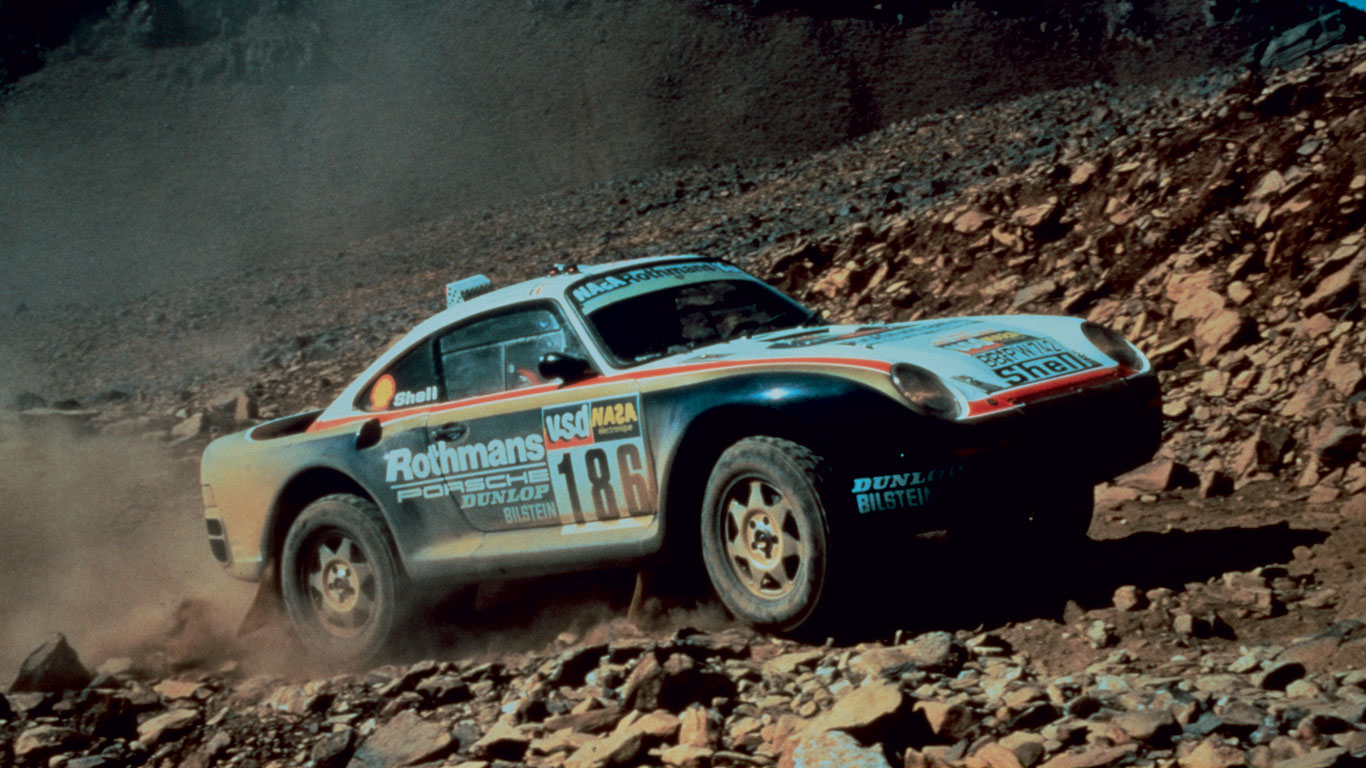
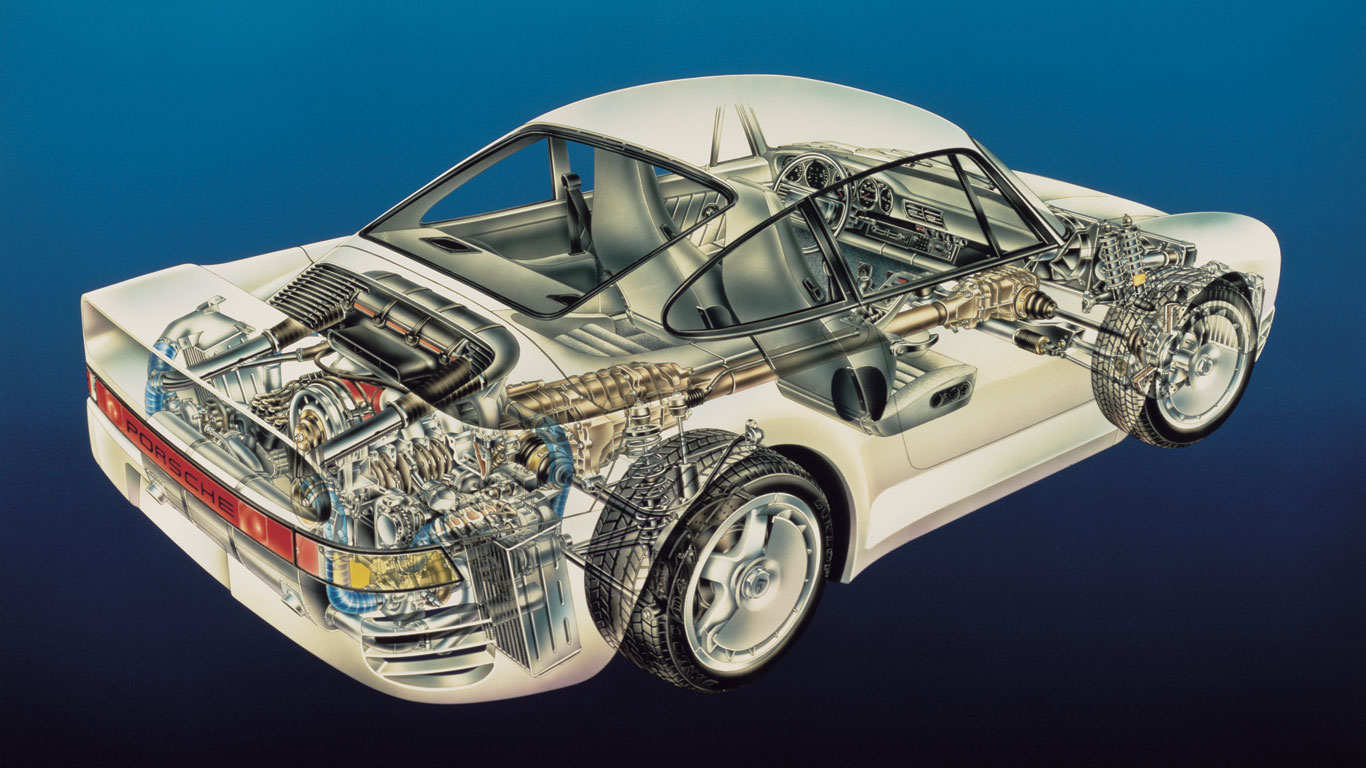
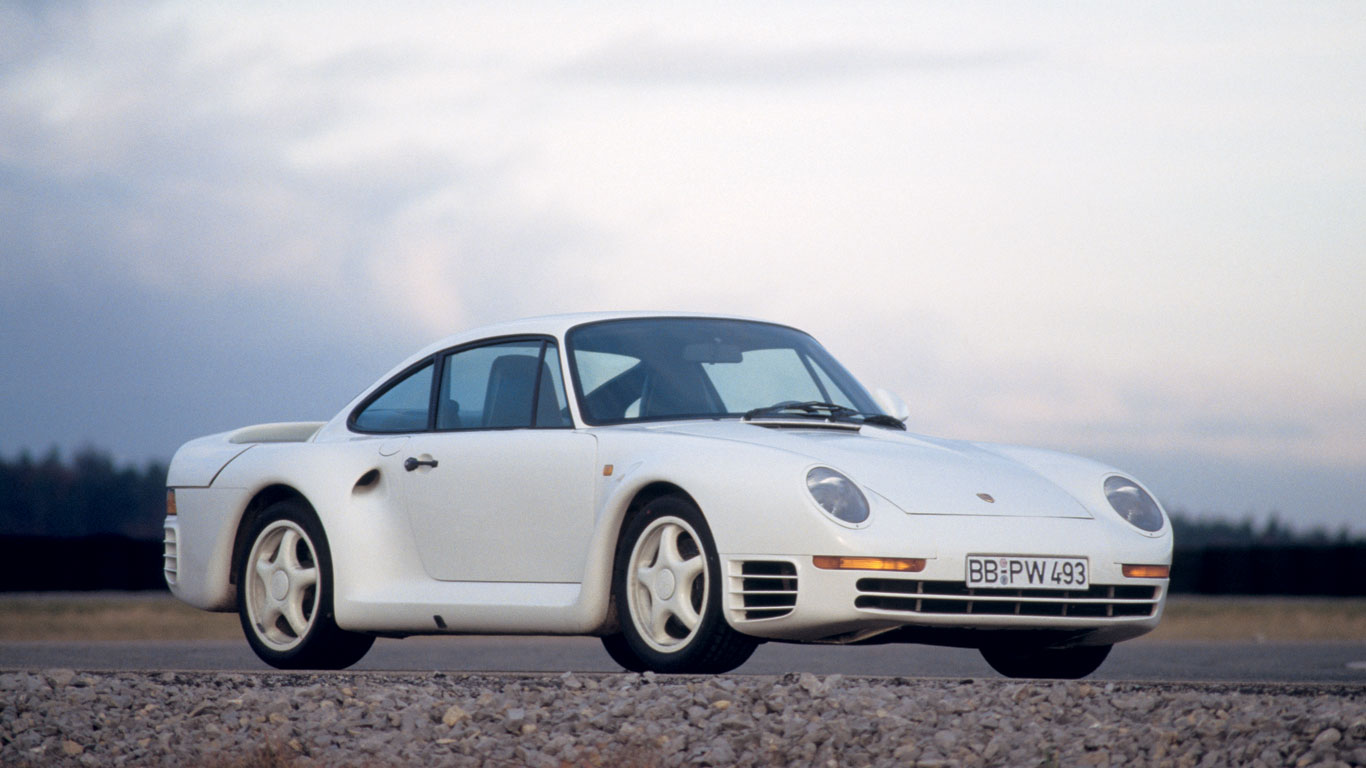
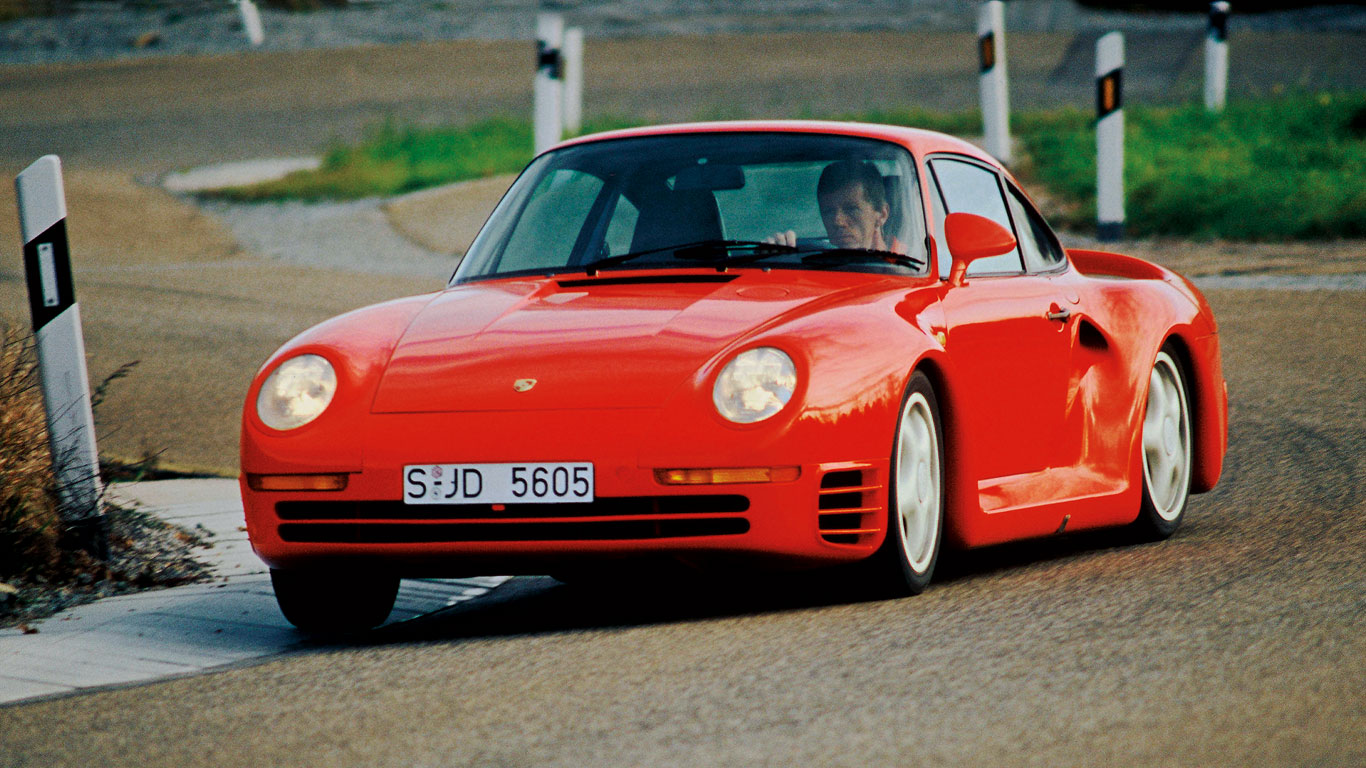
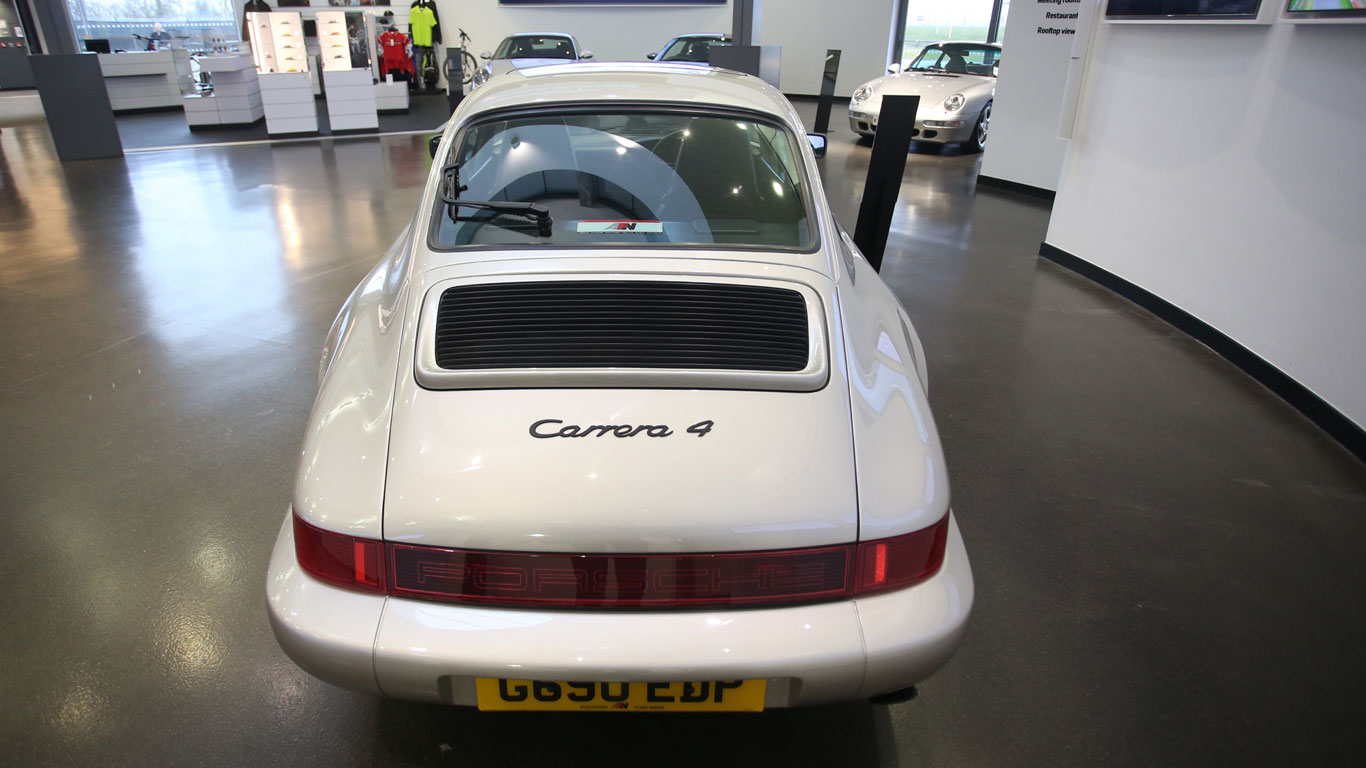
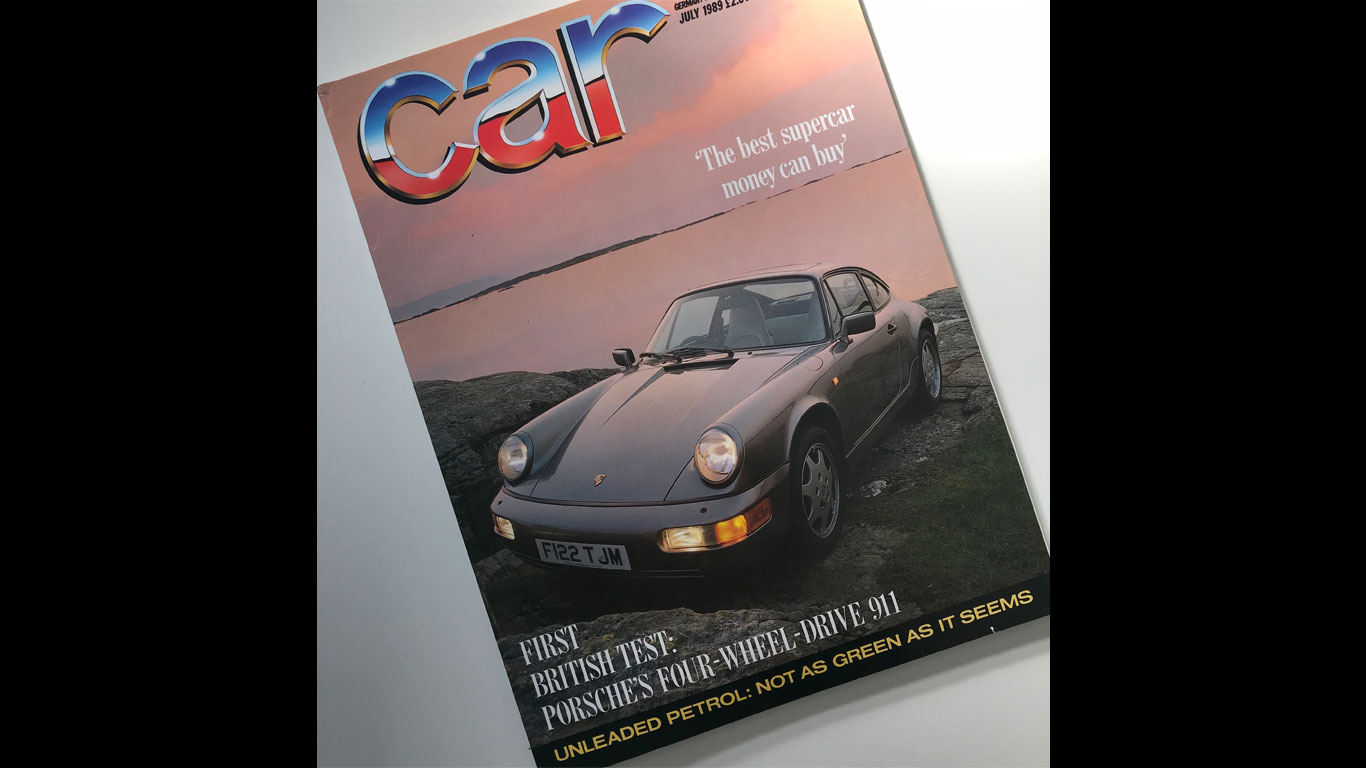
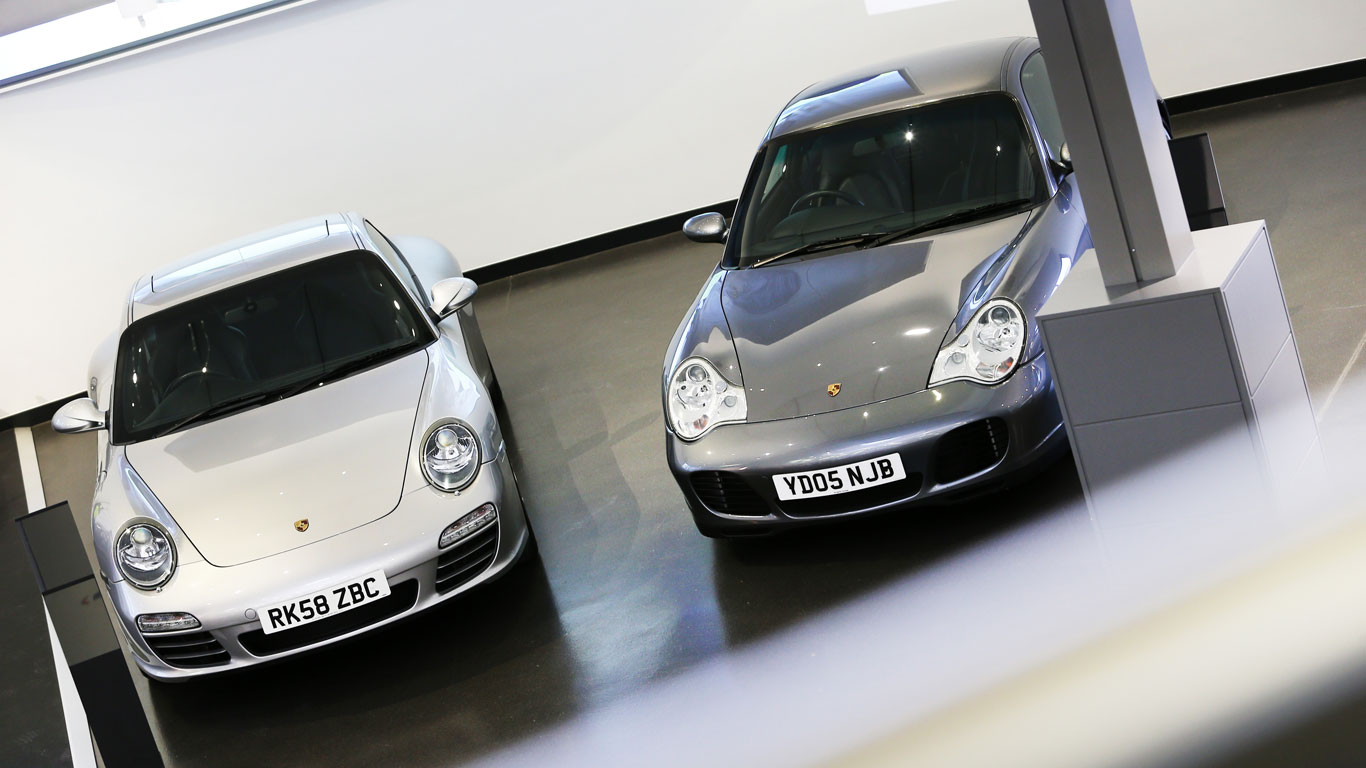
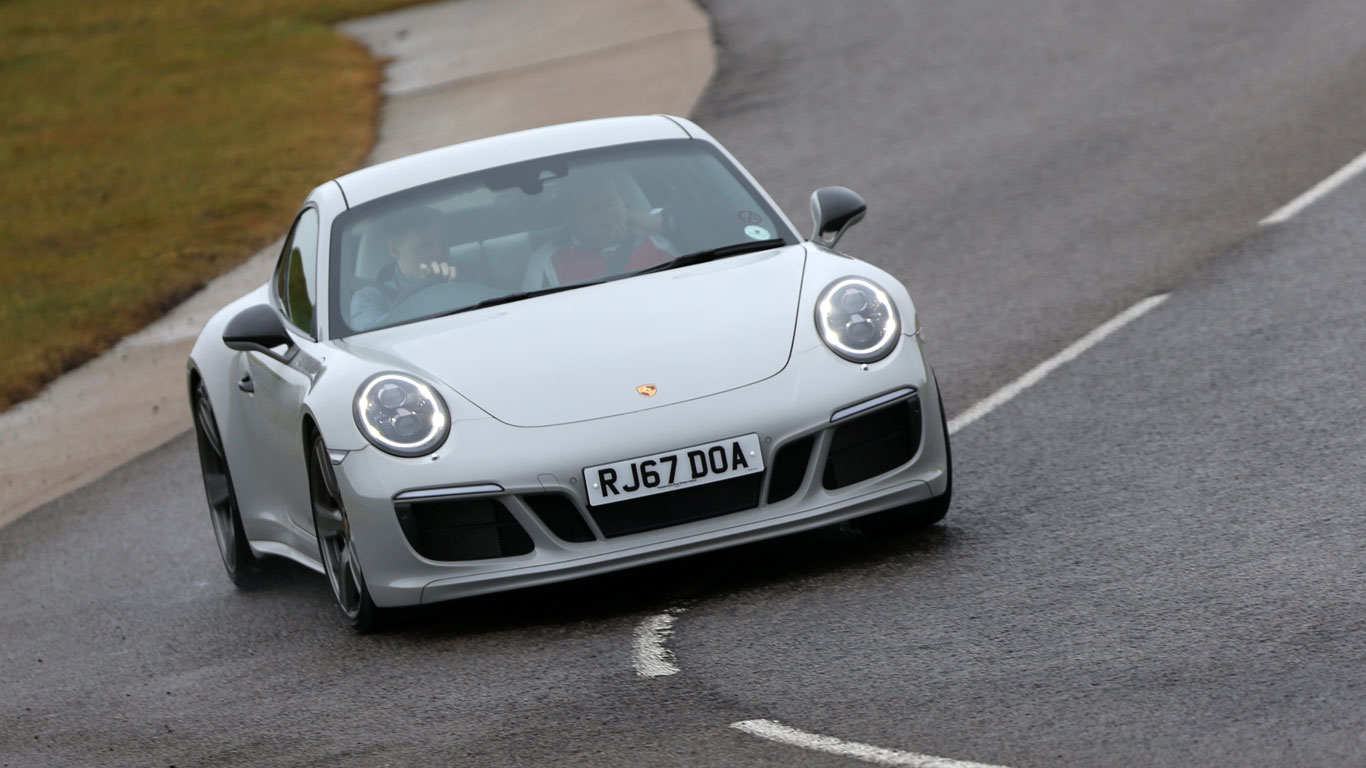
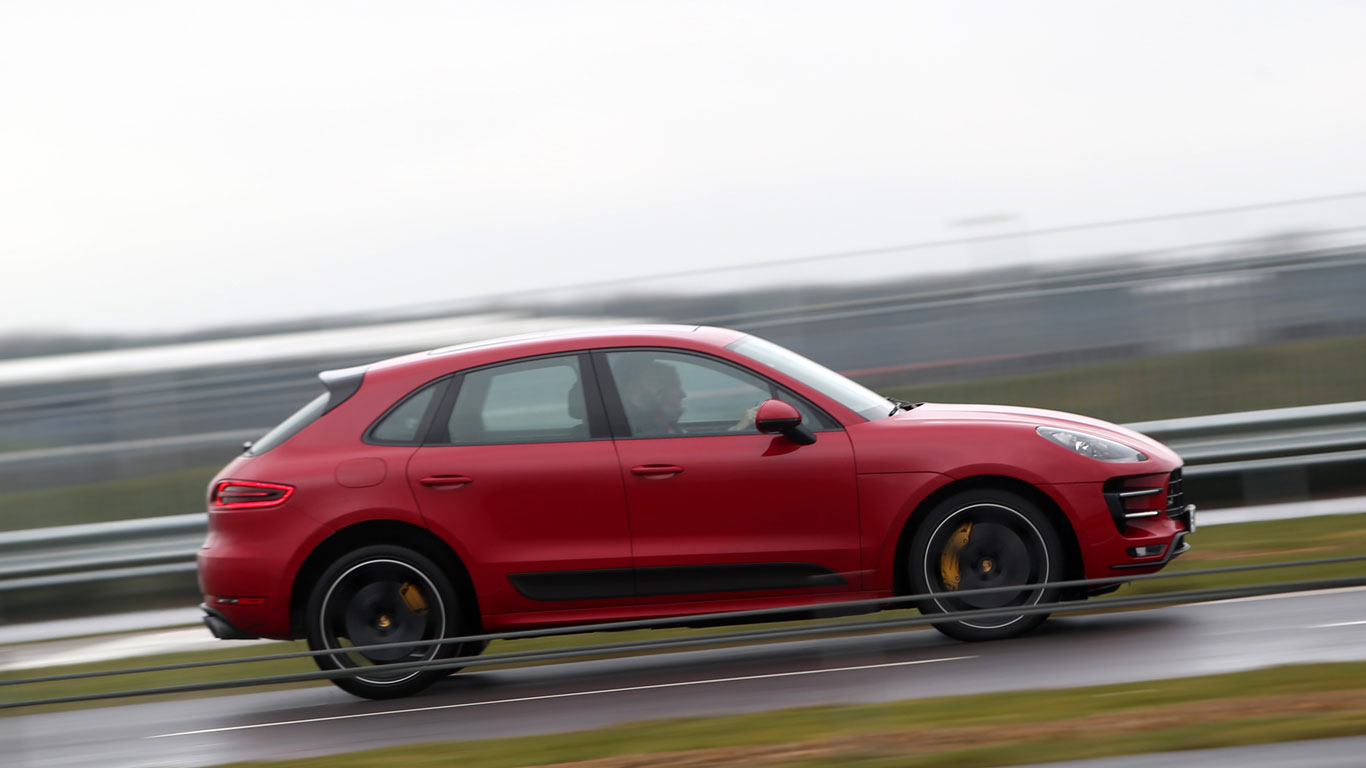
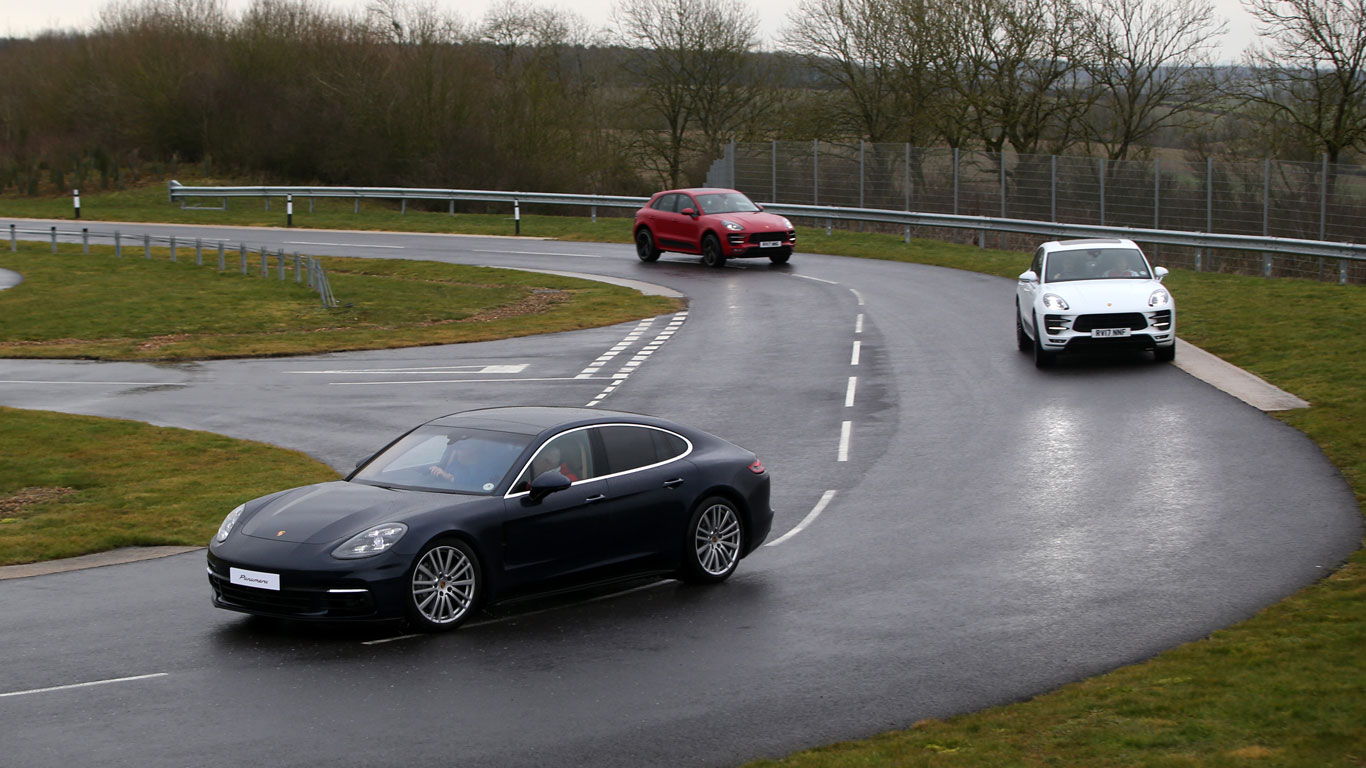
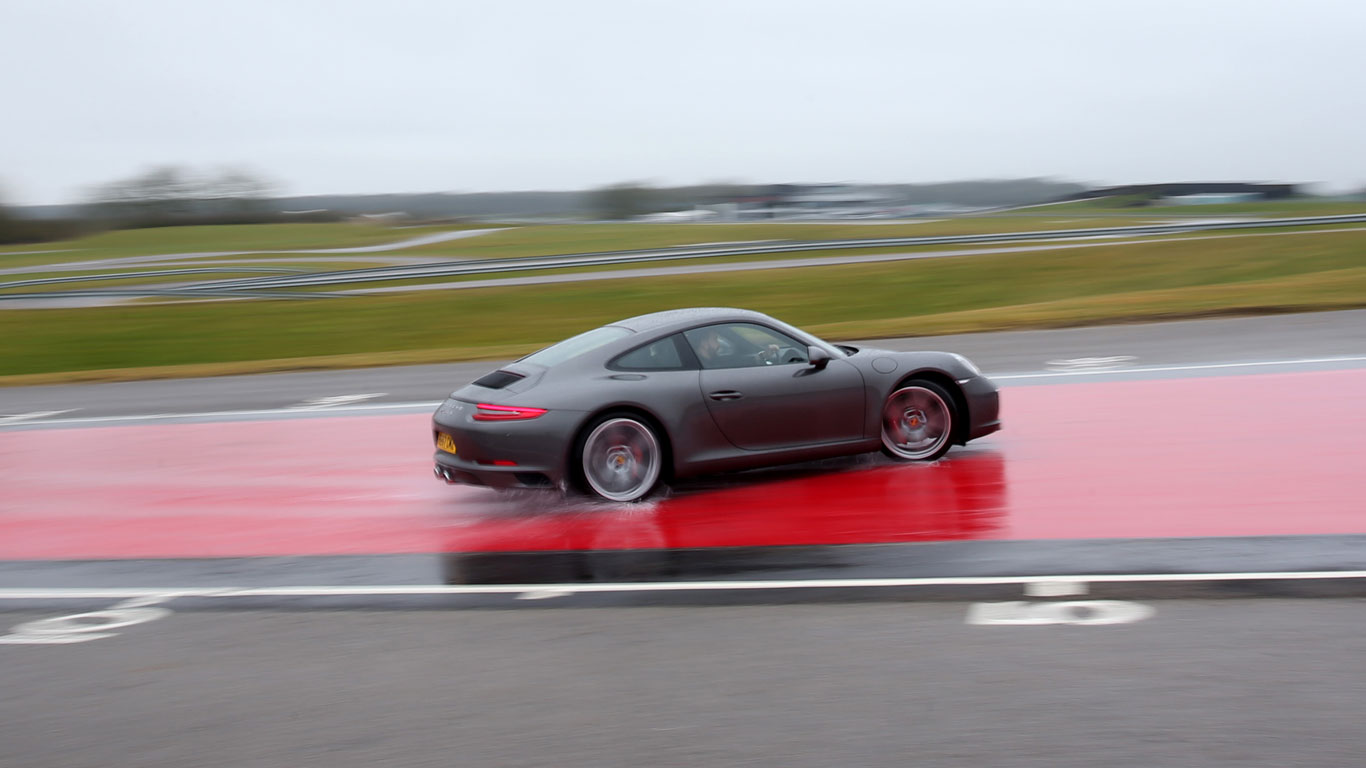
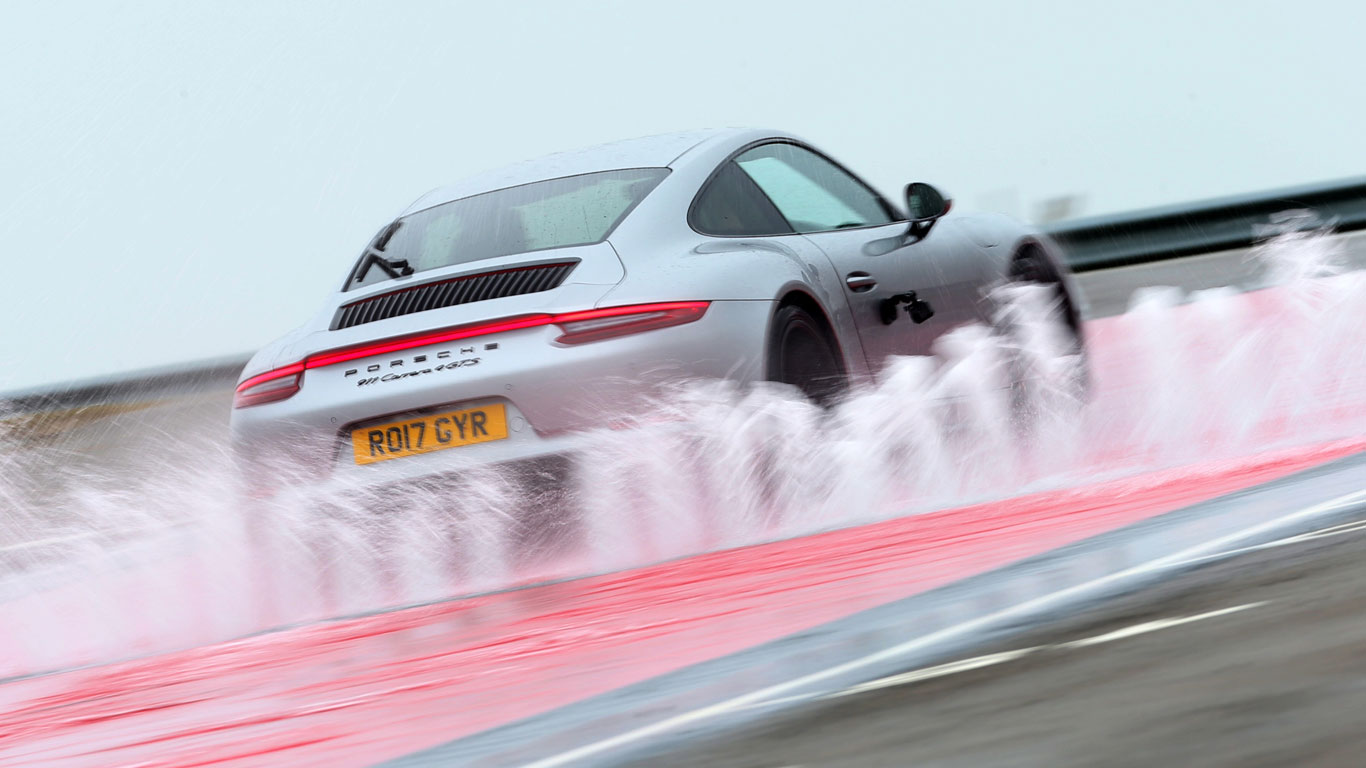
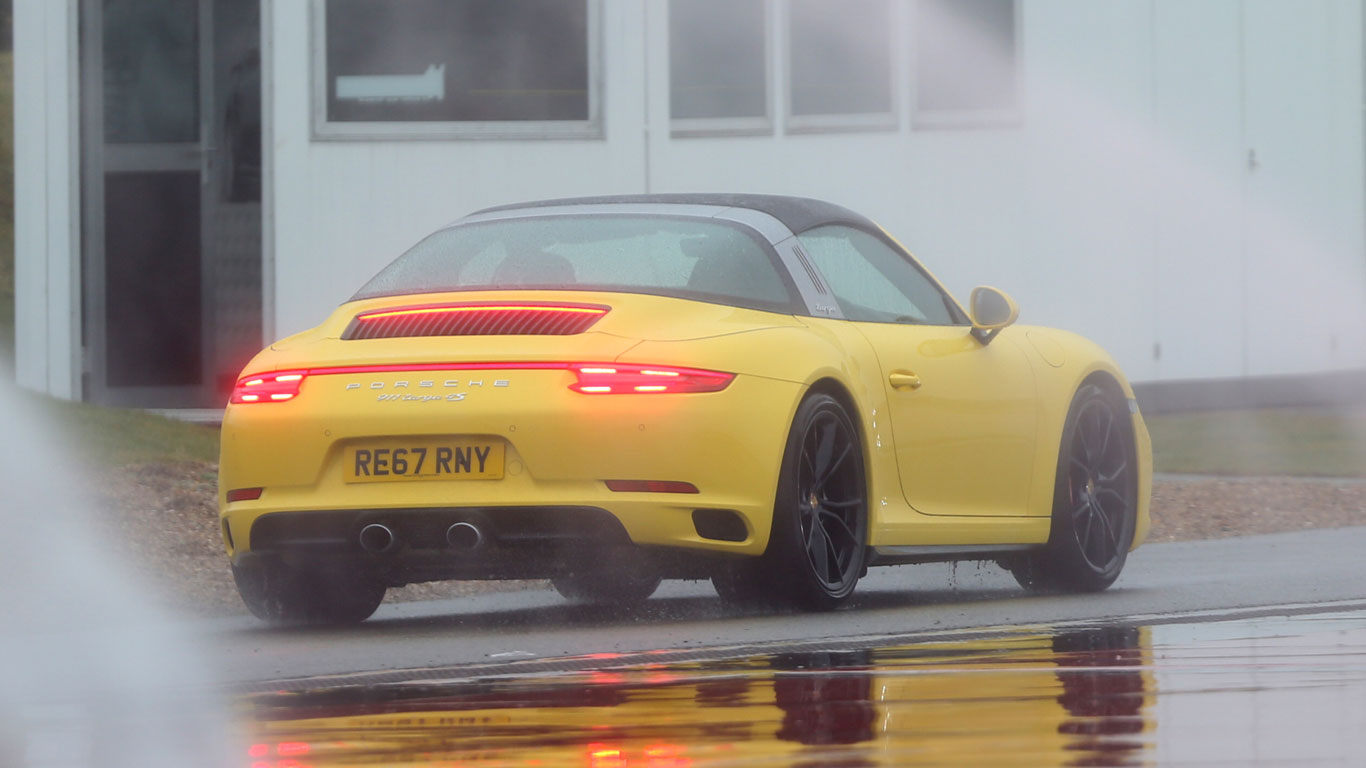
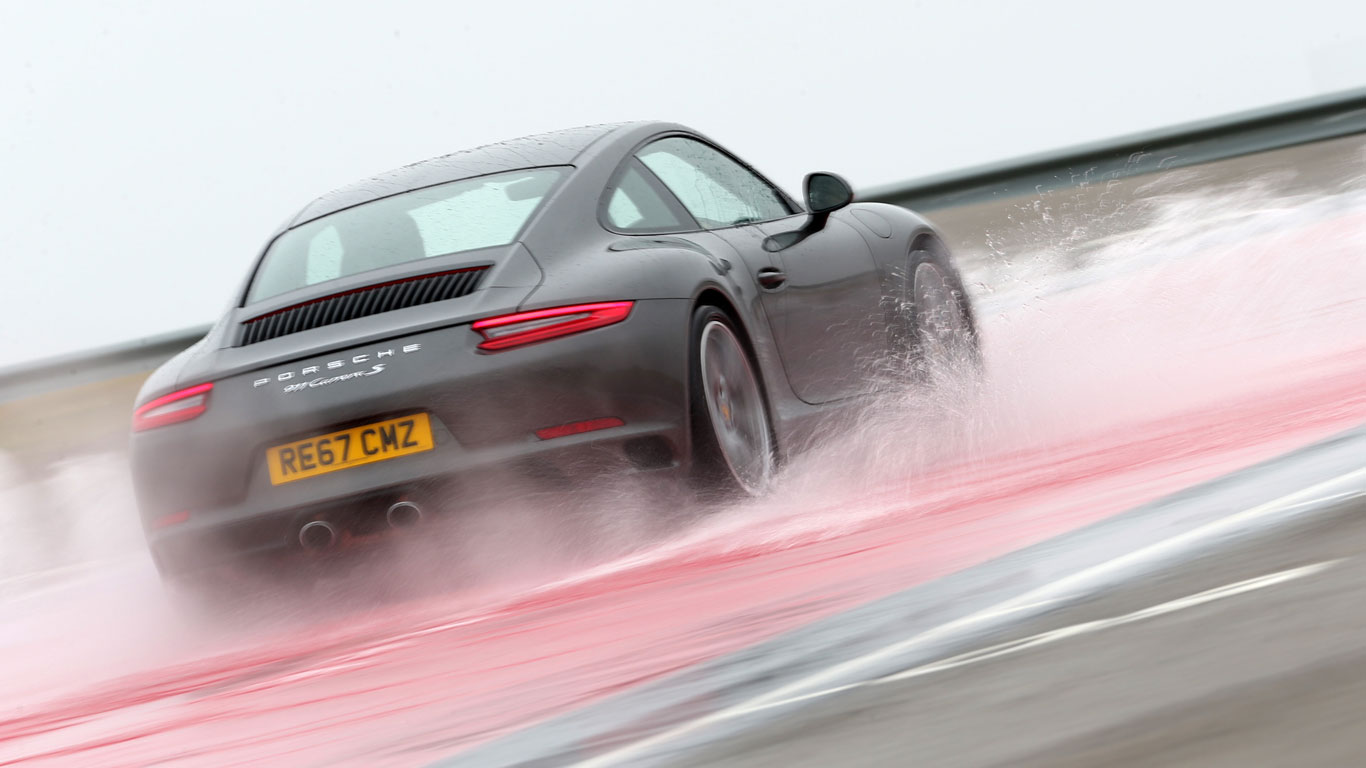
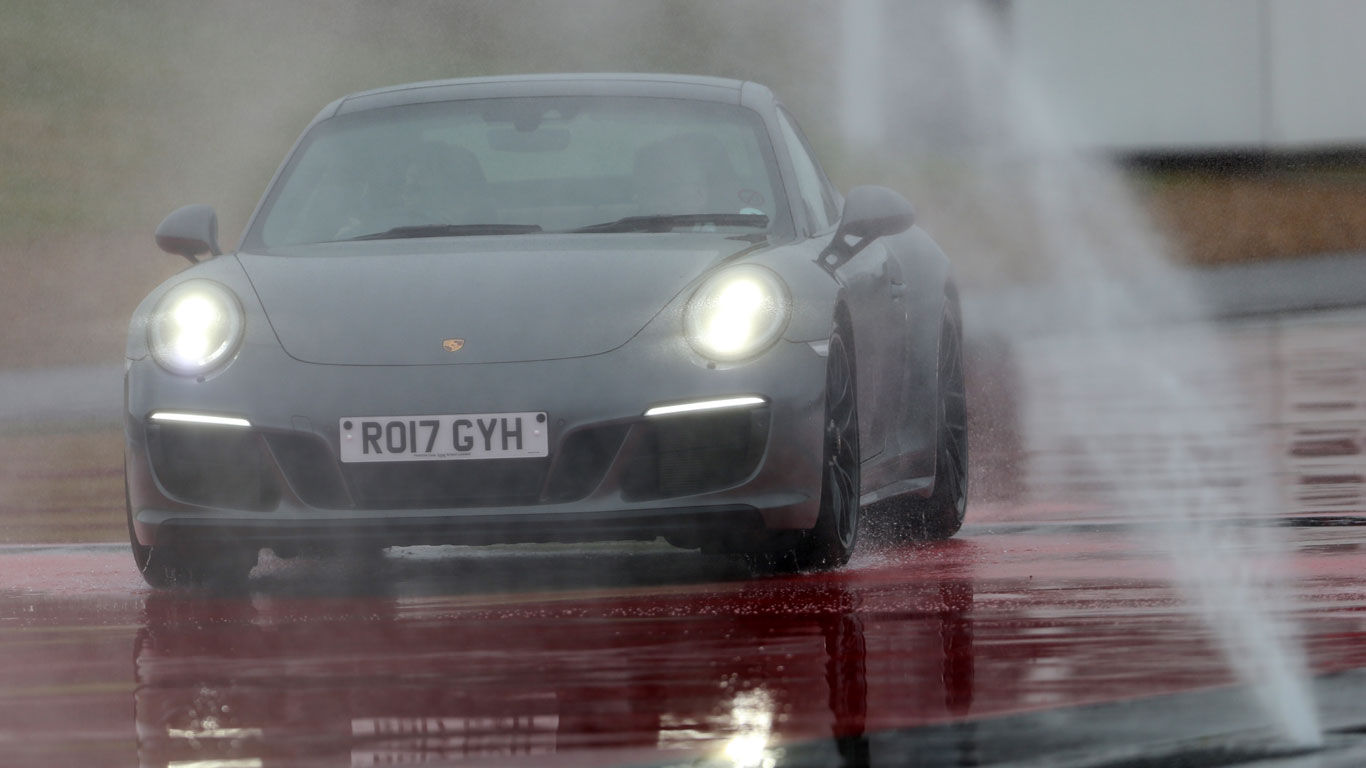
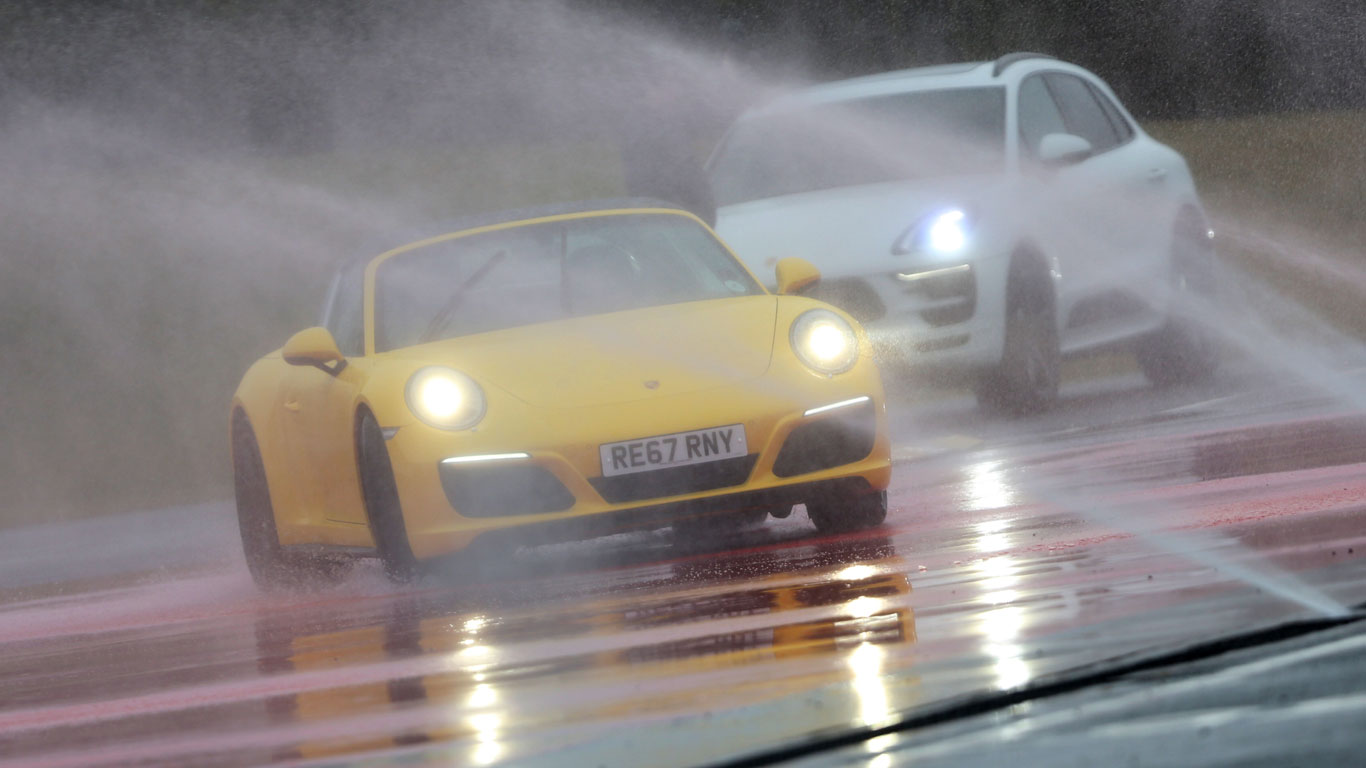
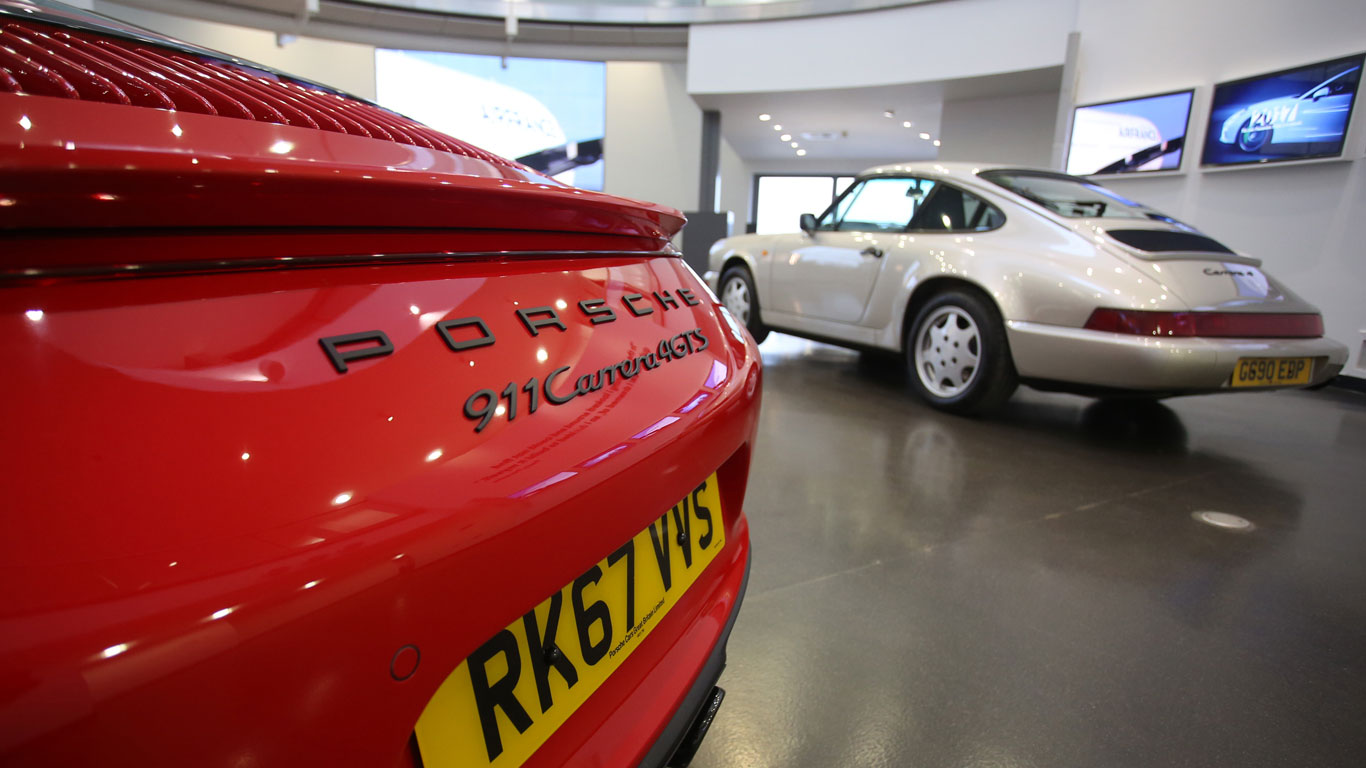
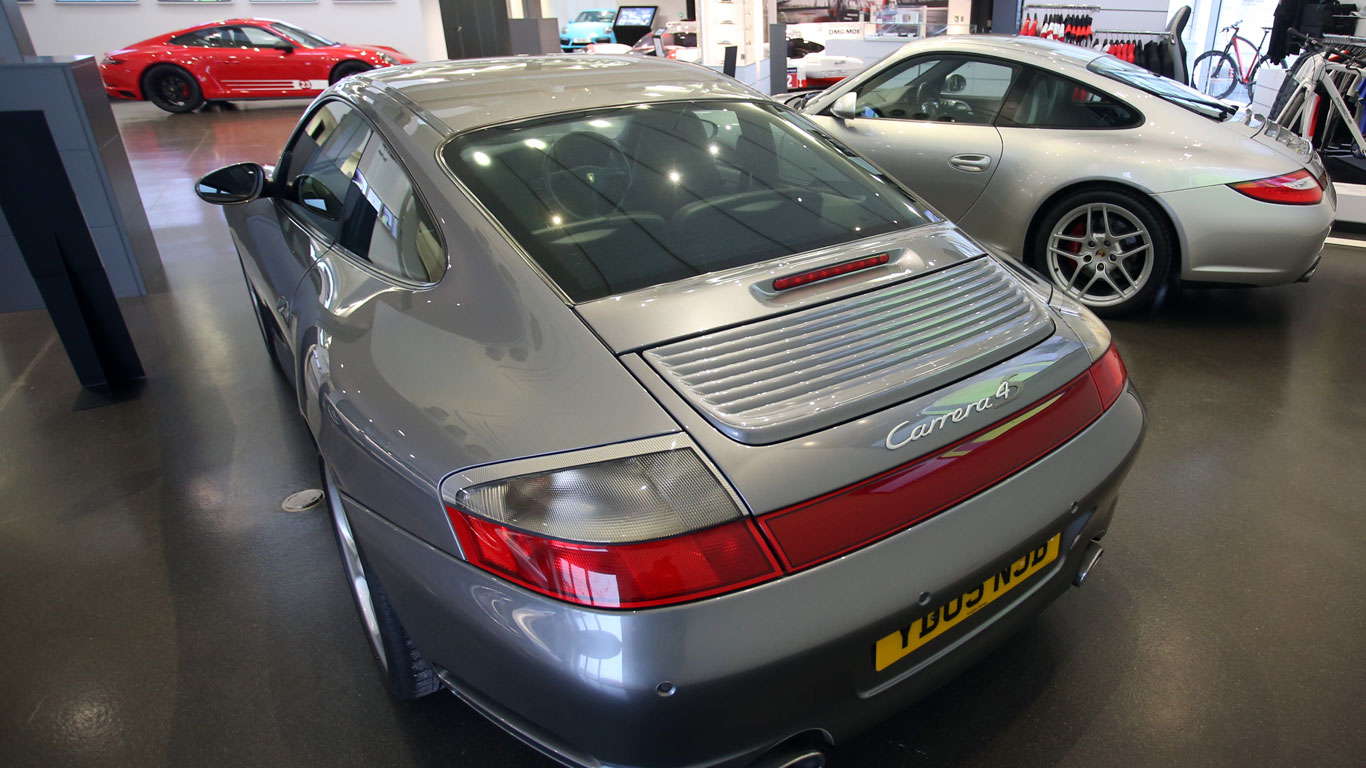
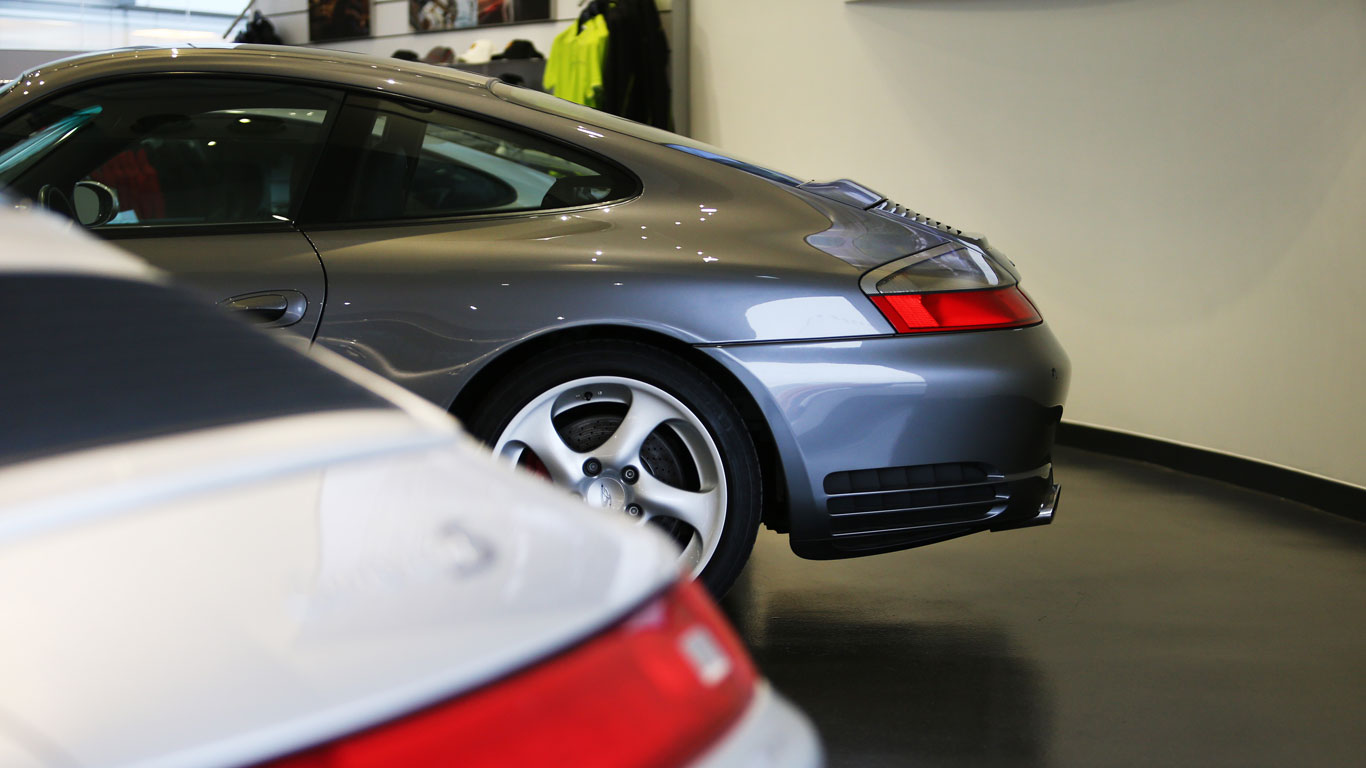
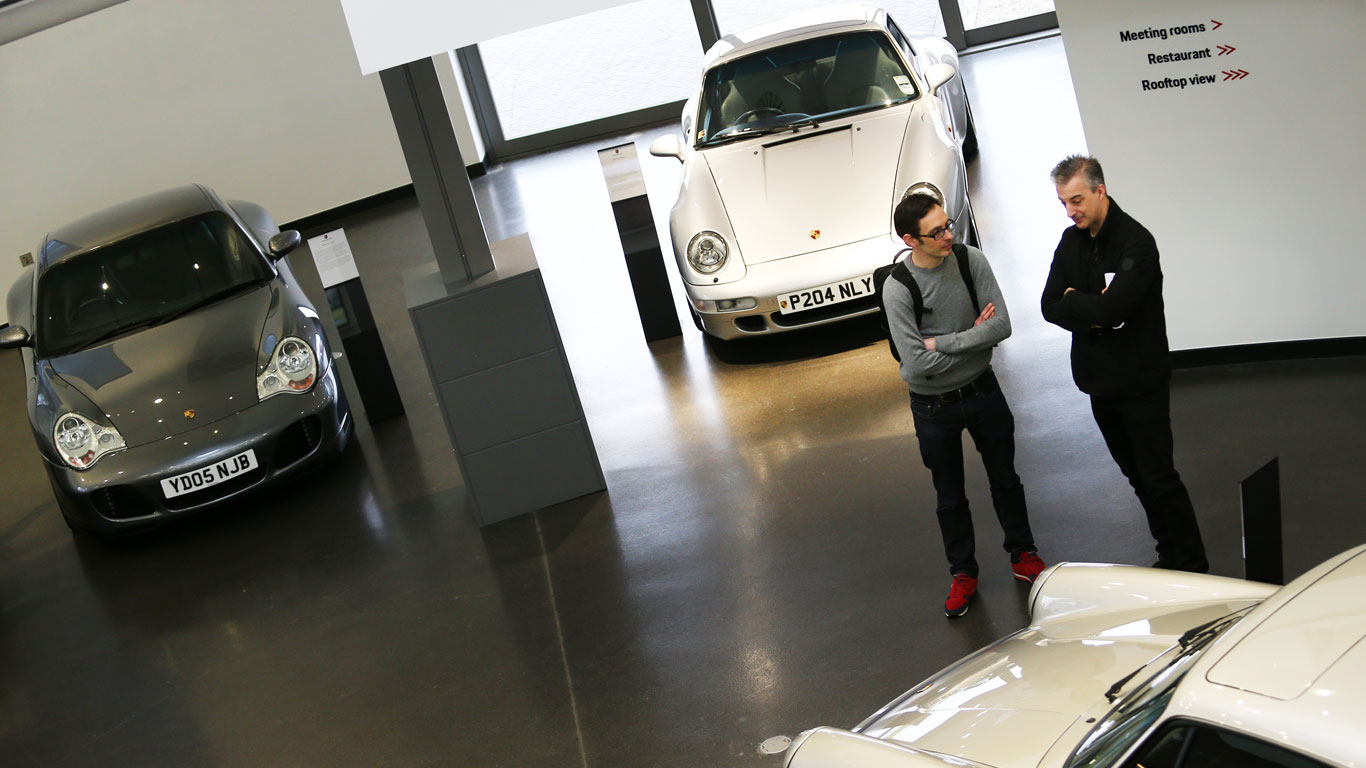
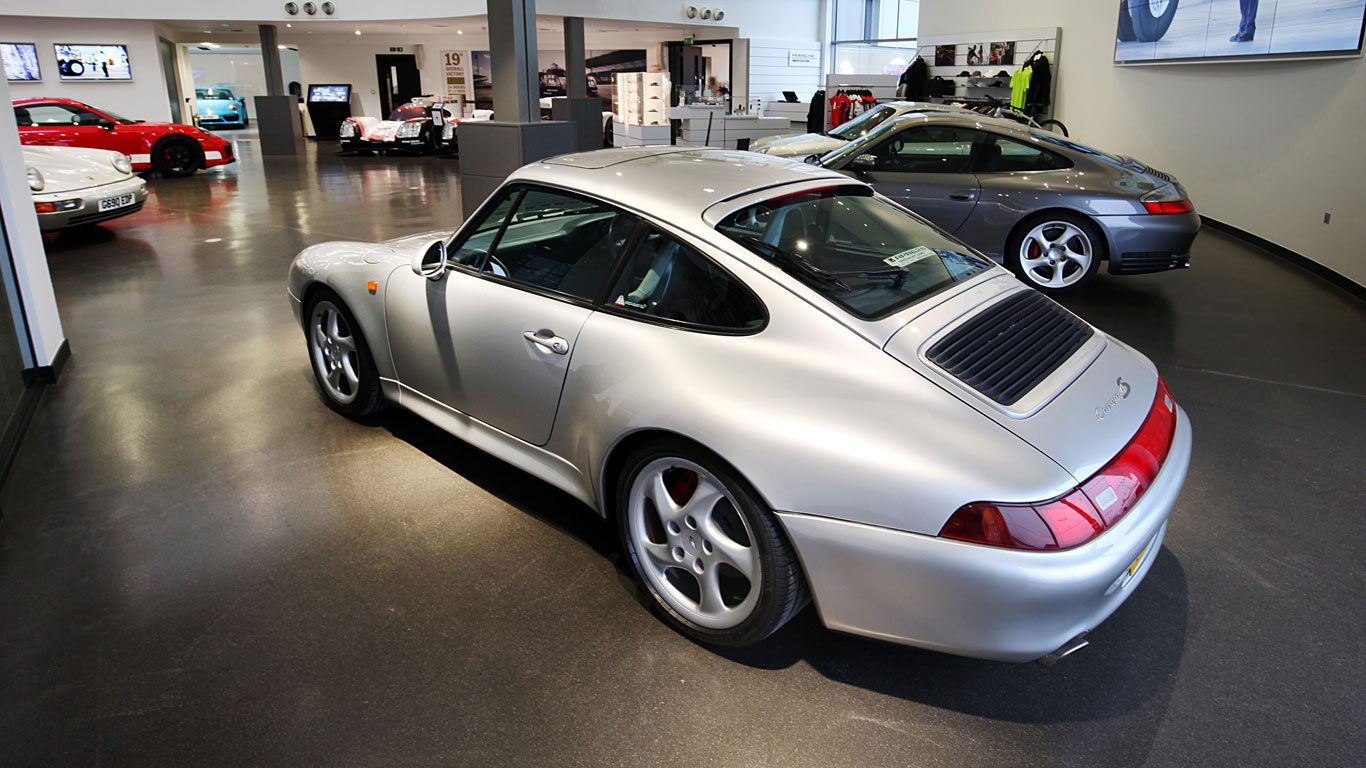


go to these guys https://1xslots-brasil.site
Find out about the fastest way for a financial independence.
Link – https://tinyurl.com/y7t5j7yc
Guys just made a website for me, look at the link:
http://tellgamblingtales.gopr.ru/ Tell me your guidances. THX!
Additional income is now available for anyone all around the world.
Link – https://plbtc.page.link/zXbp
[…] collaboration between two Porsche dealerships has led to a reimagining of the very first Porsche 911 sold in […]